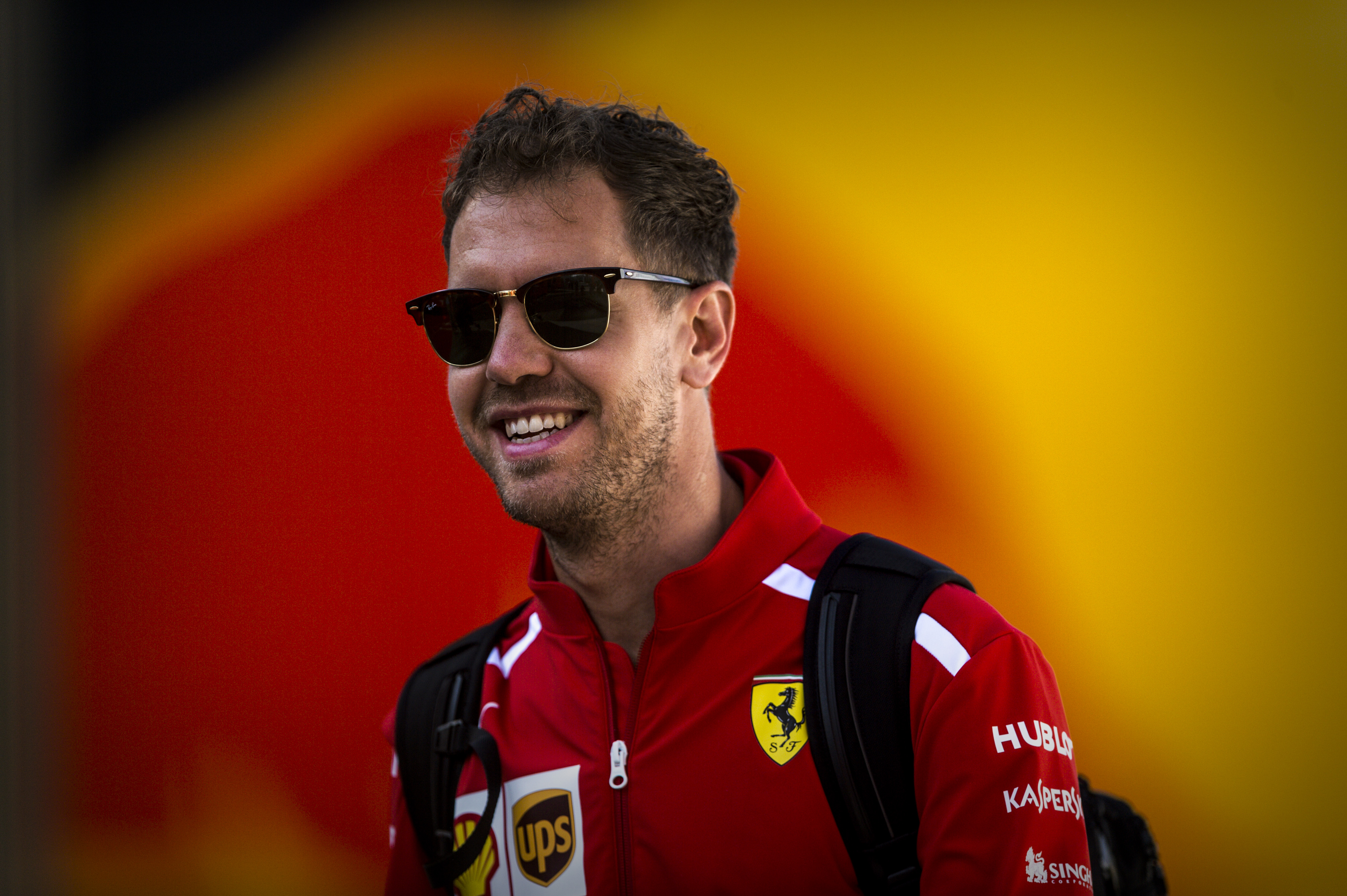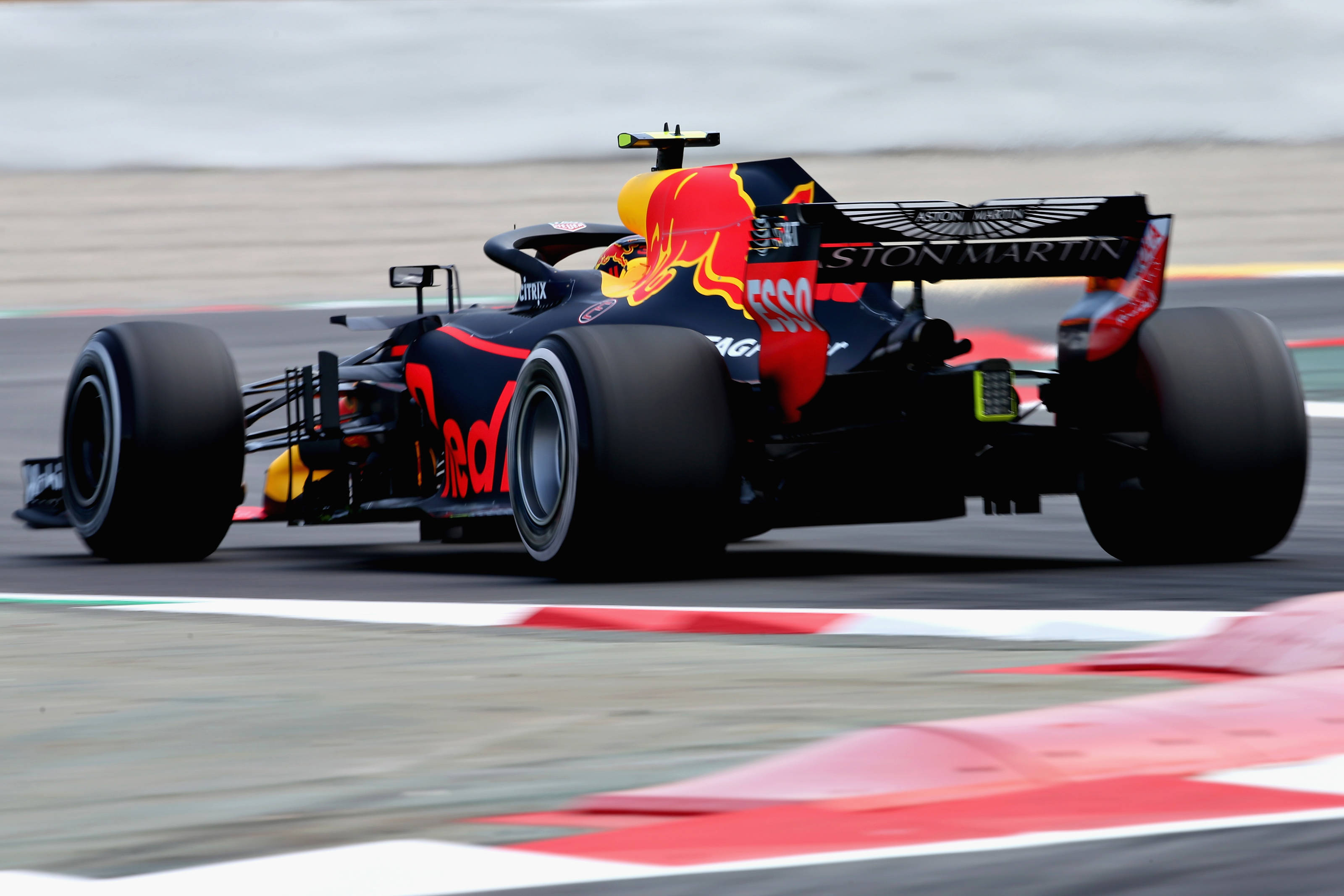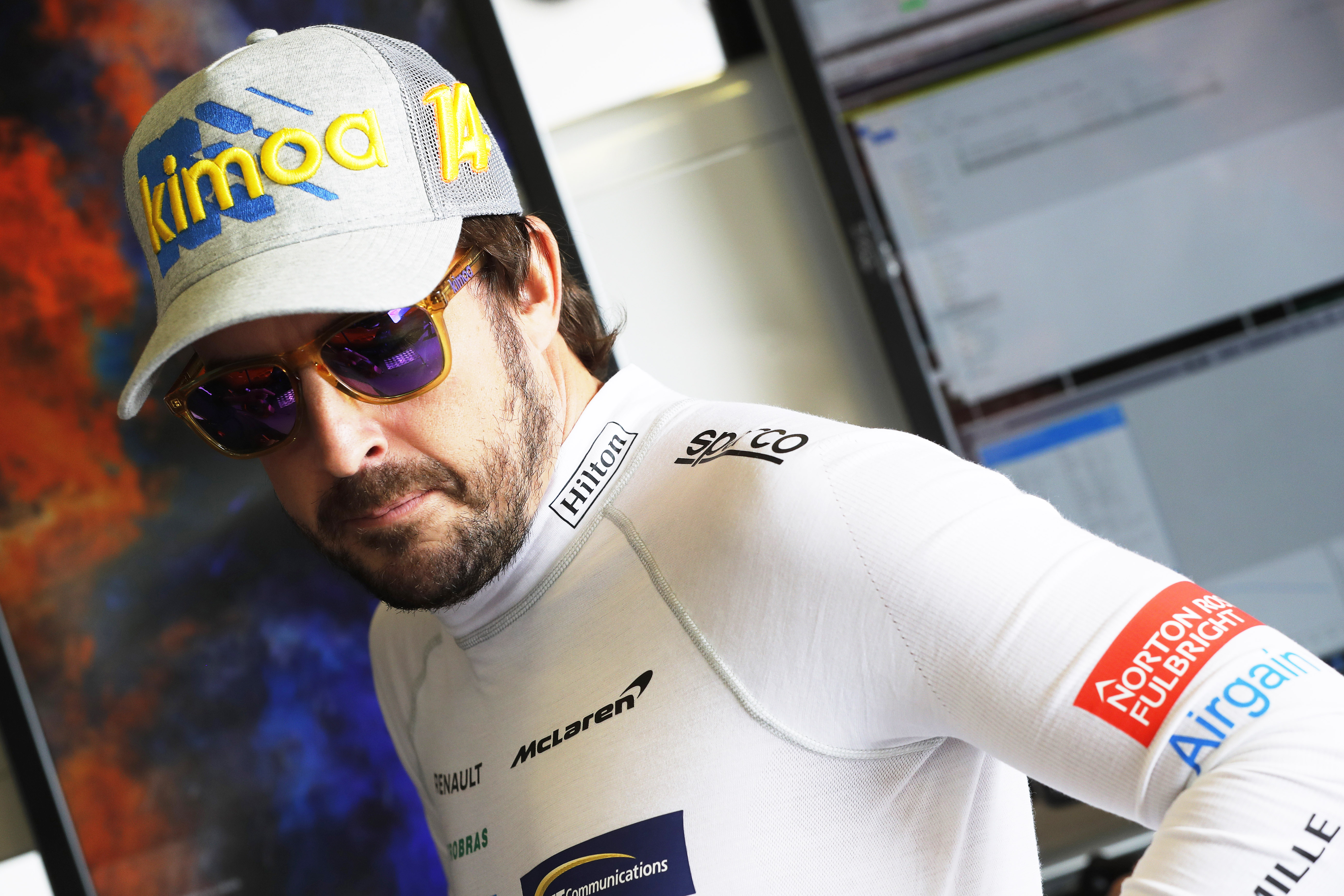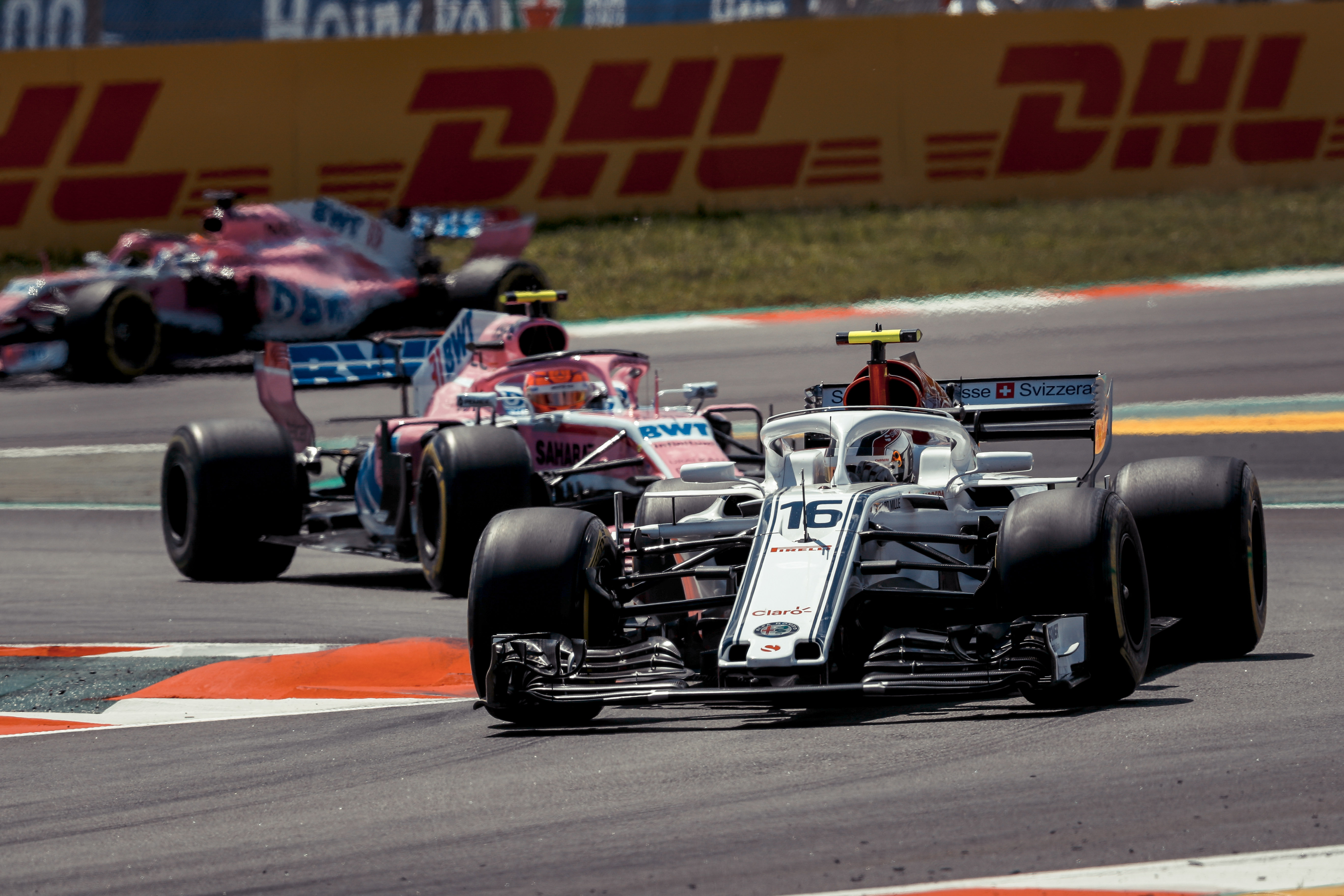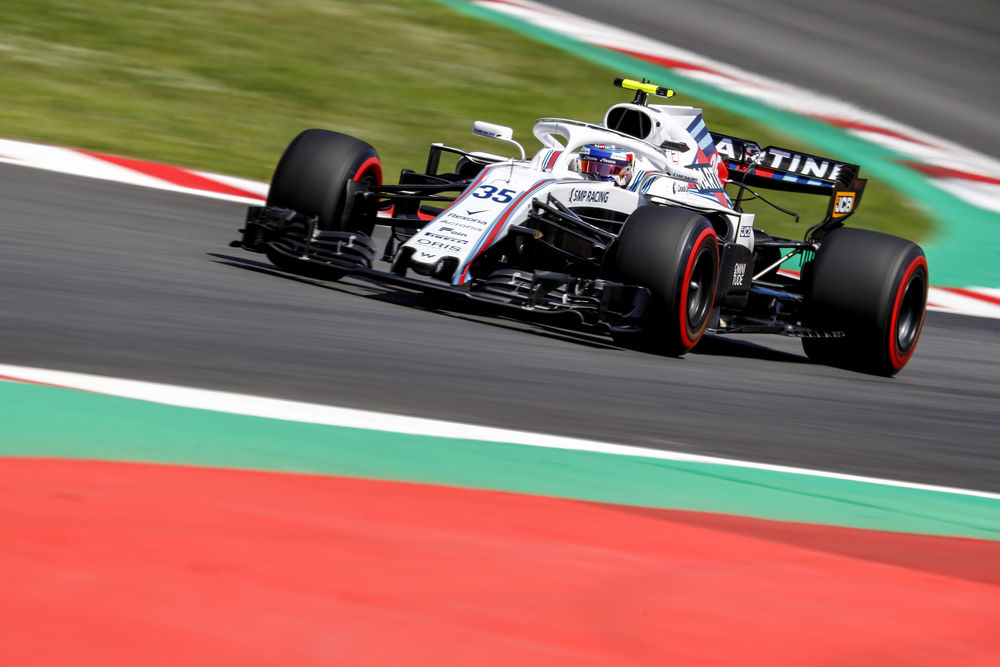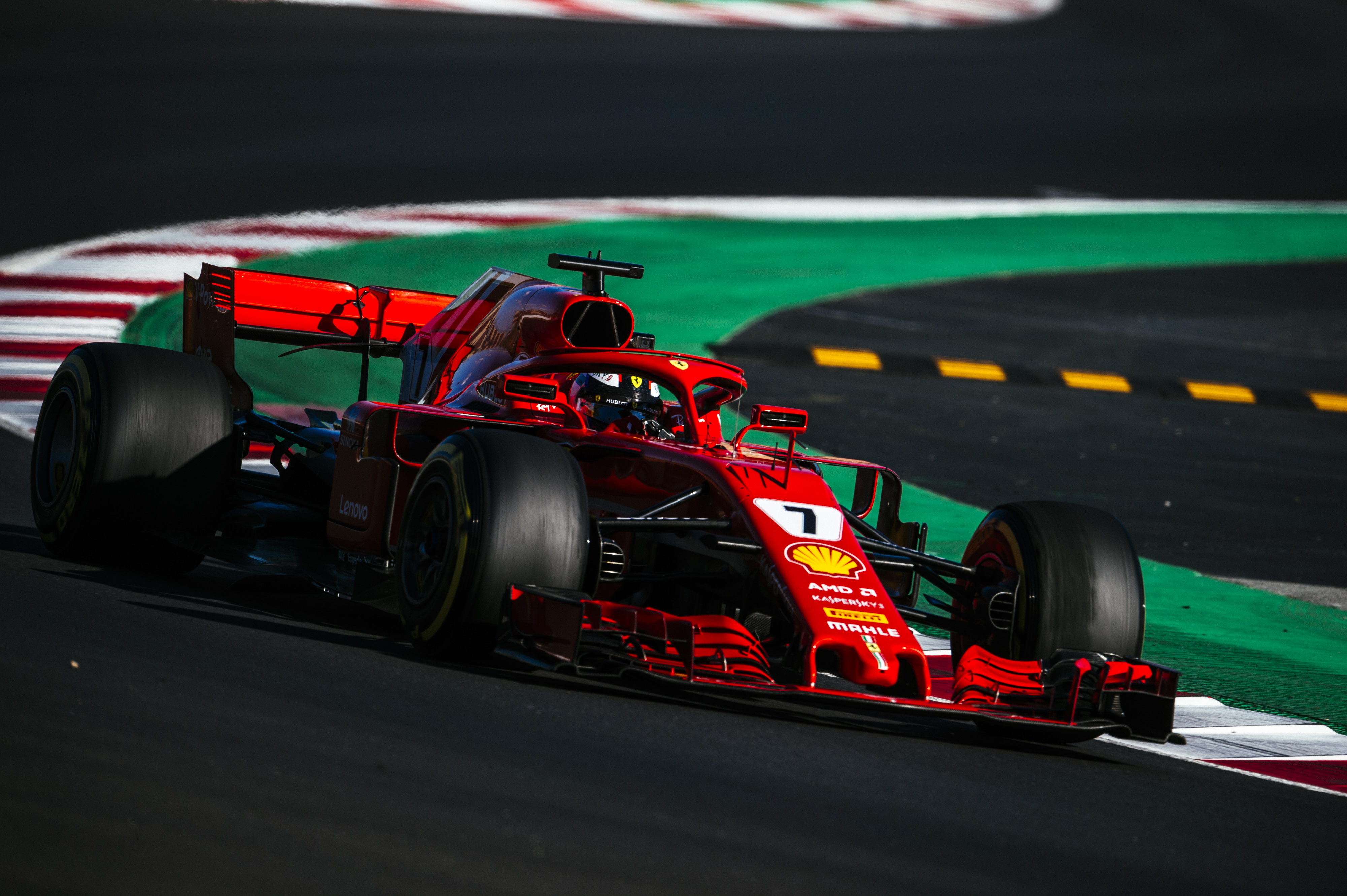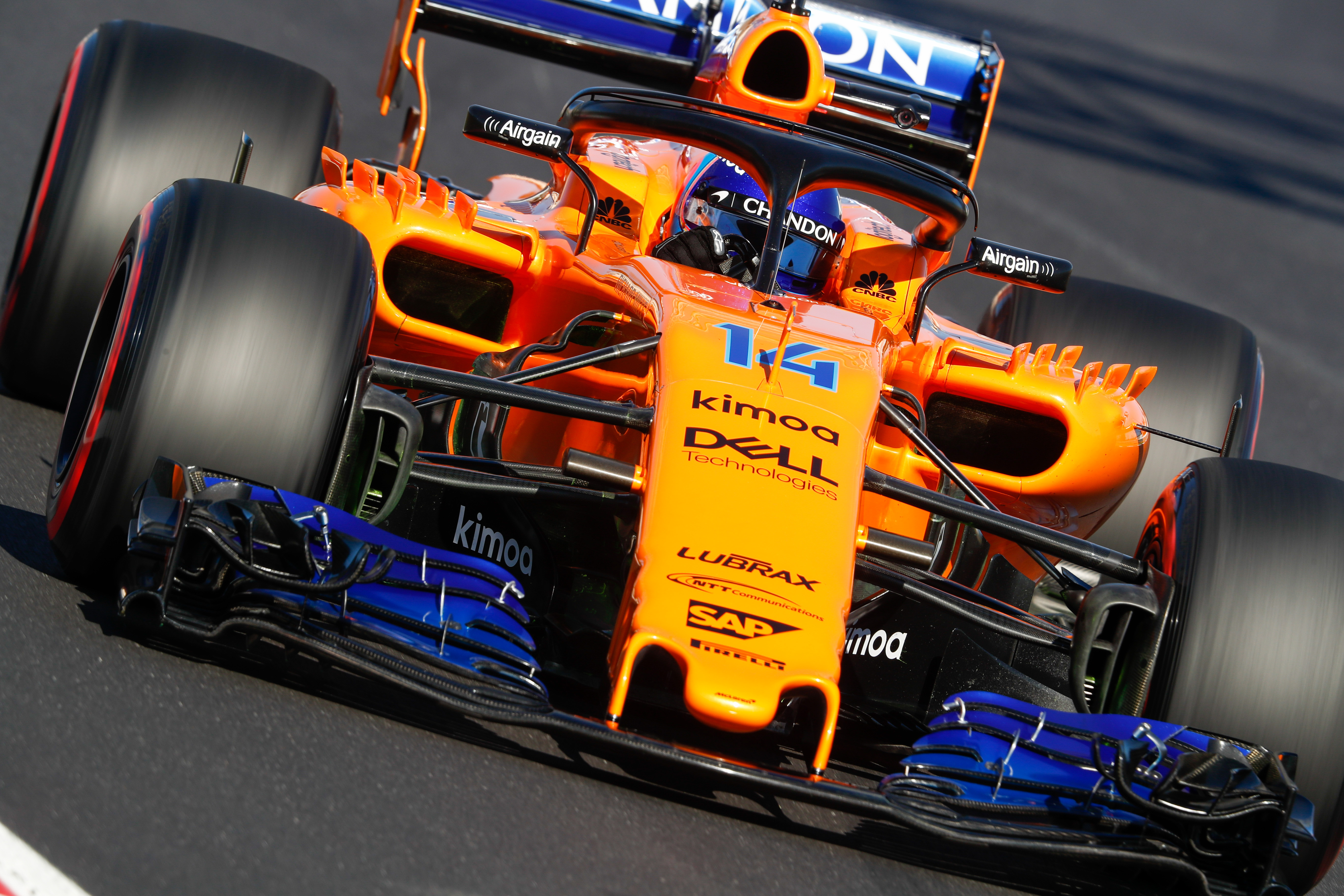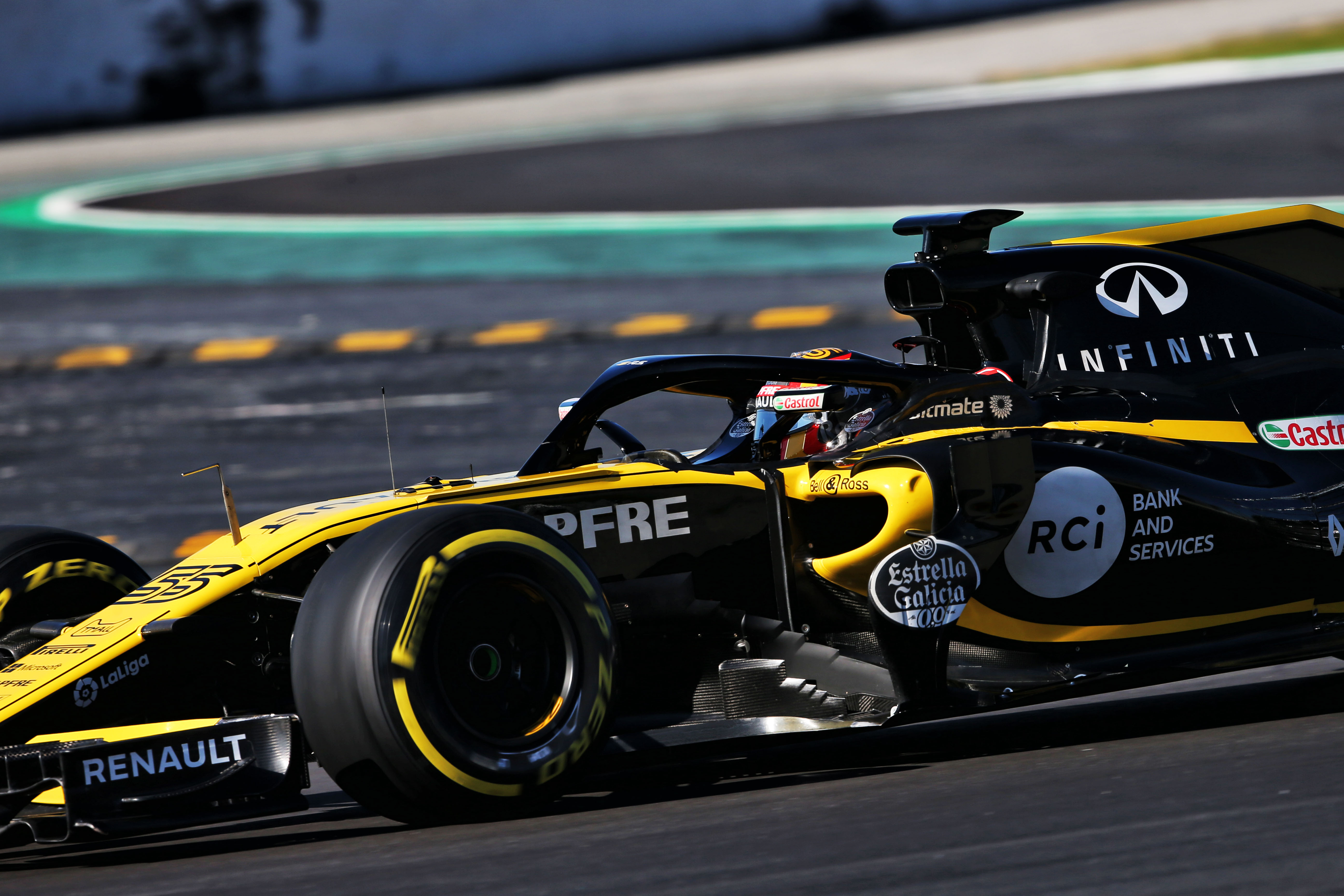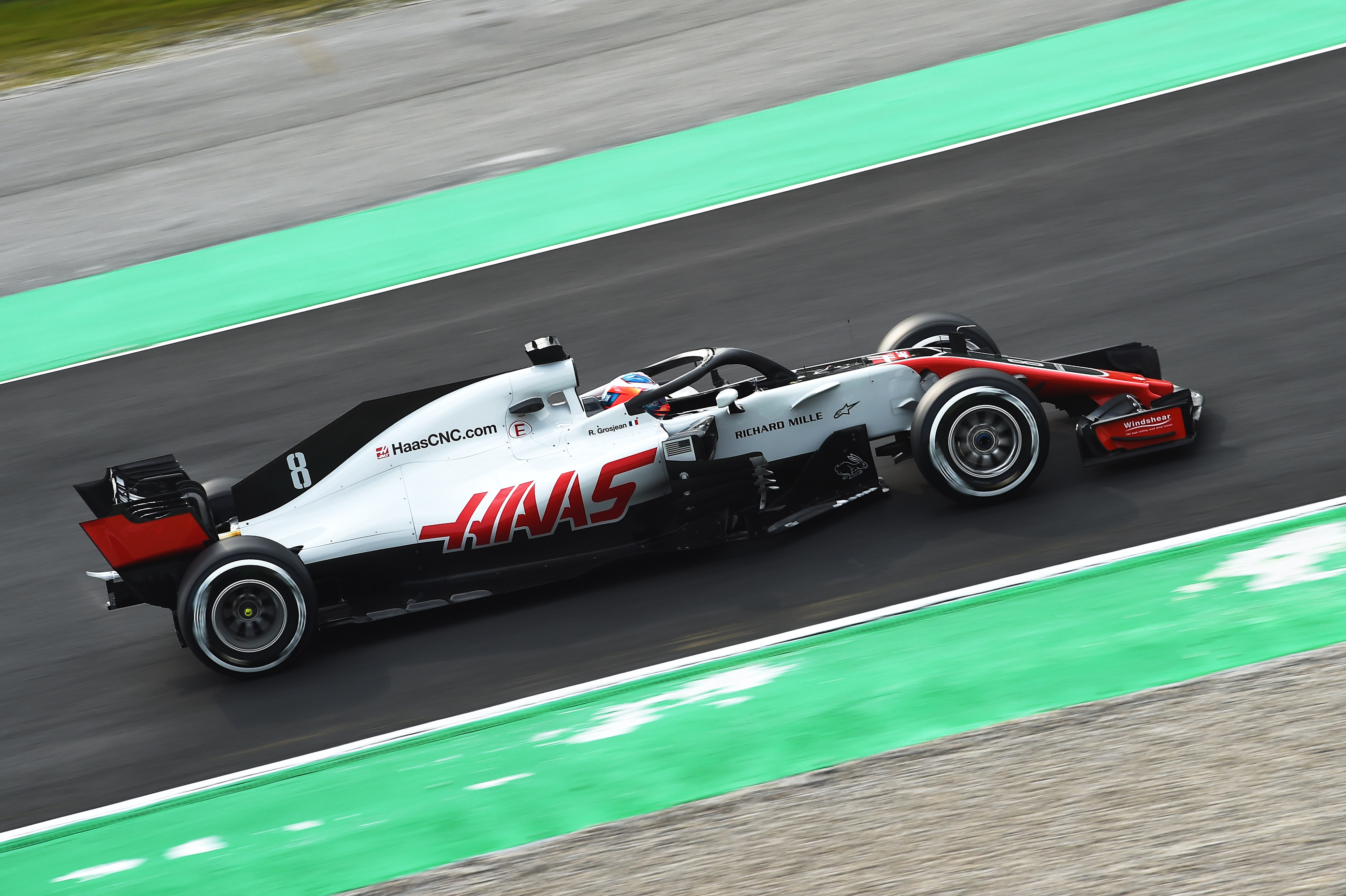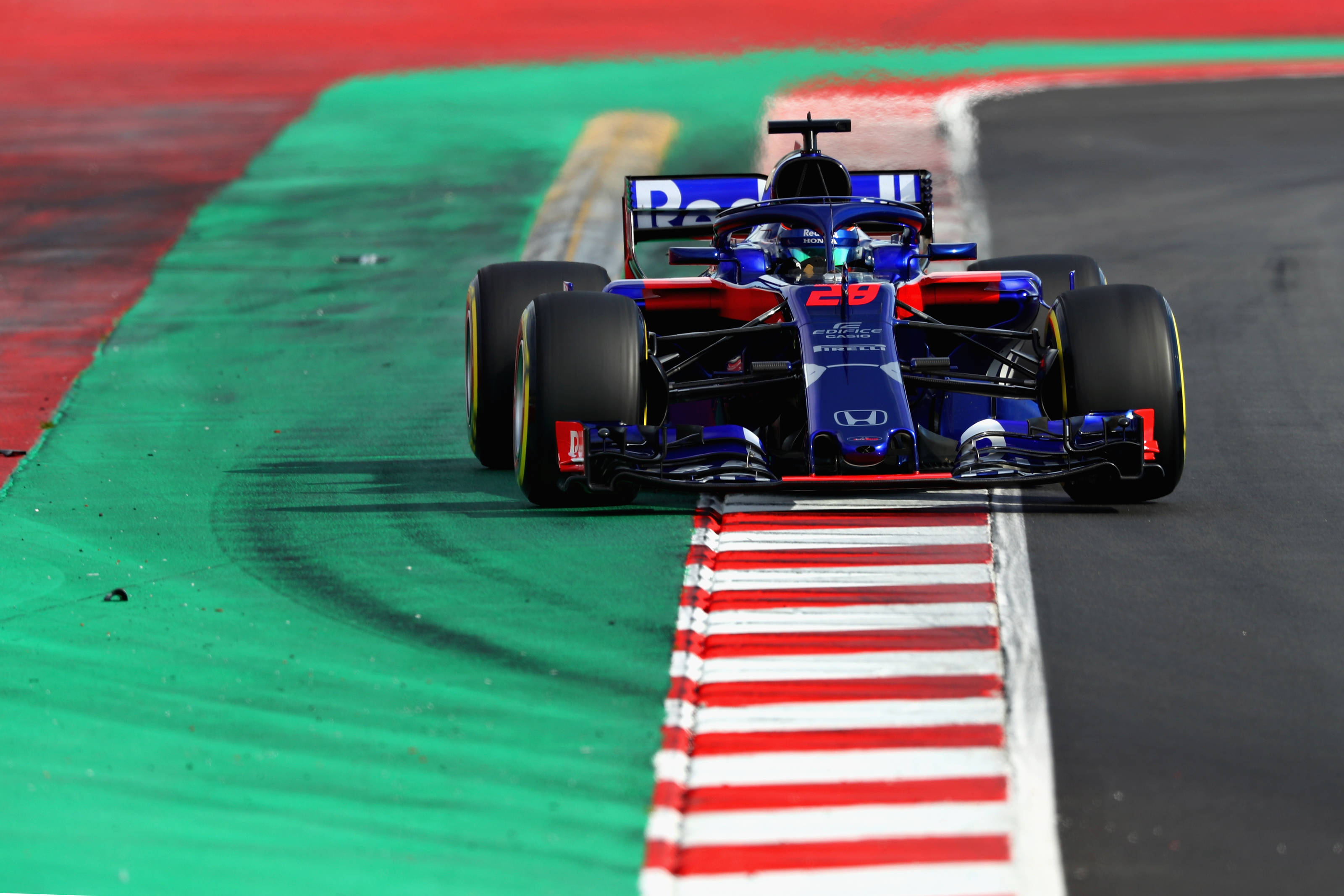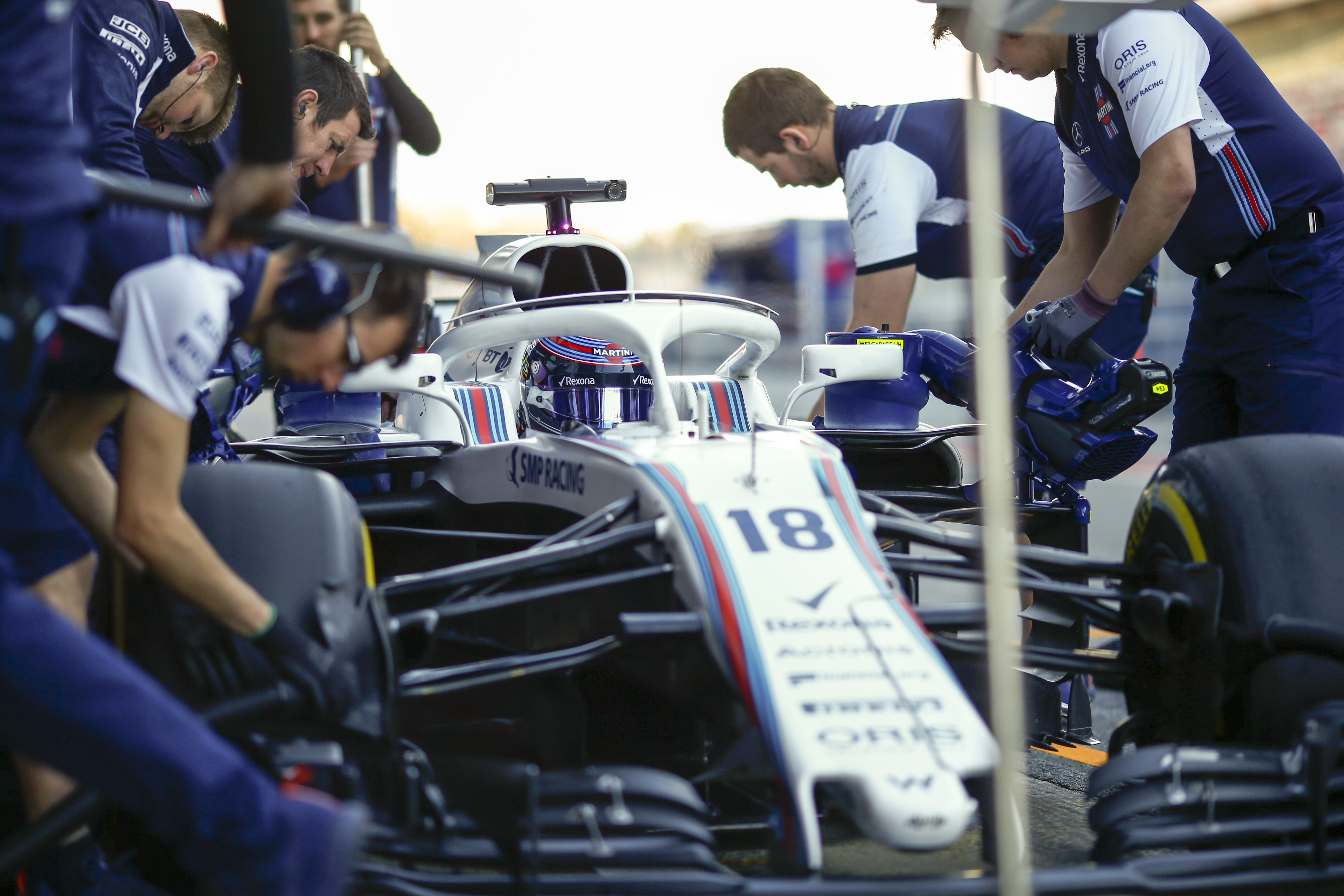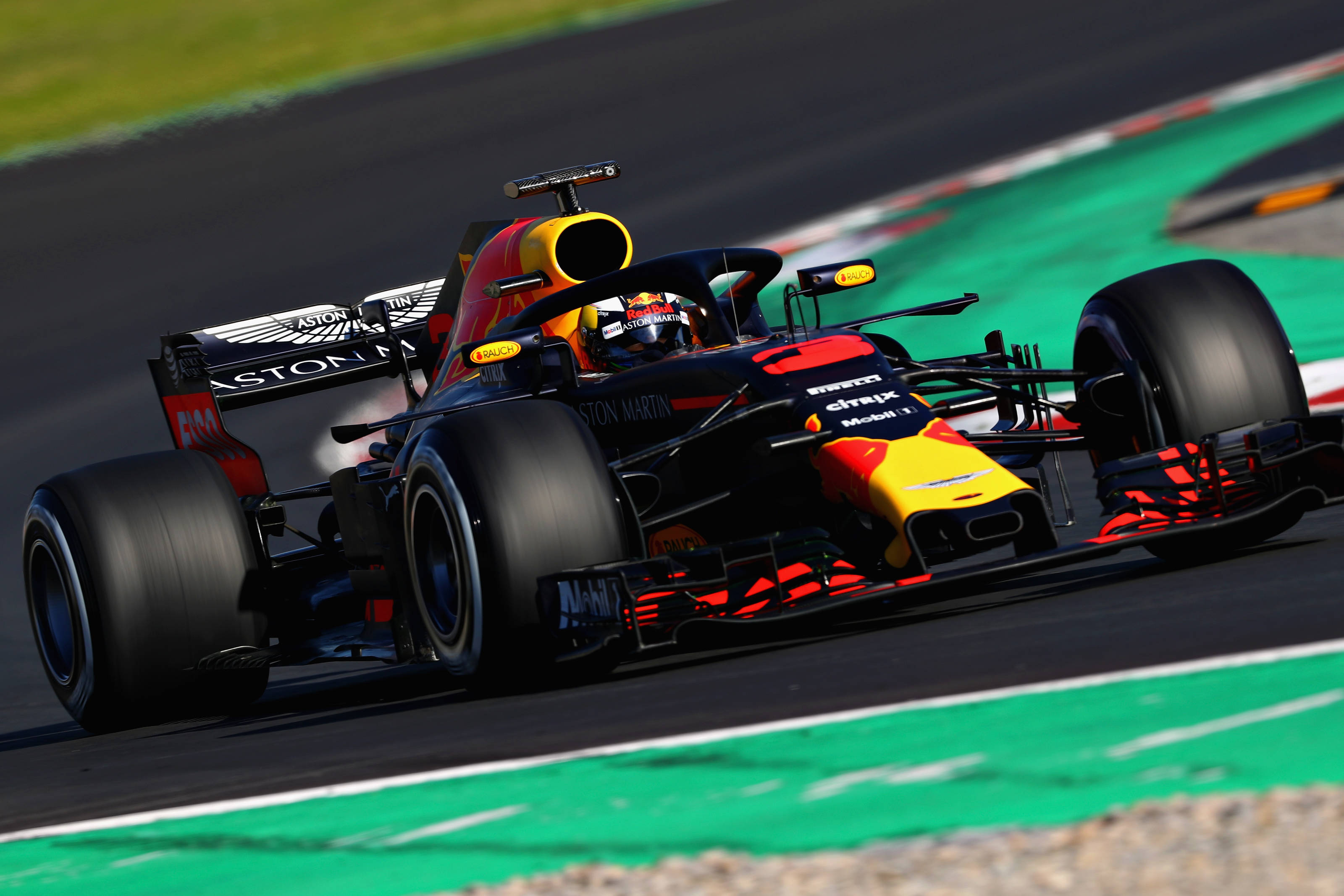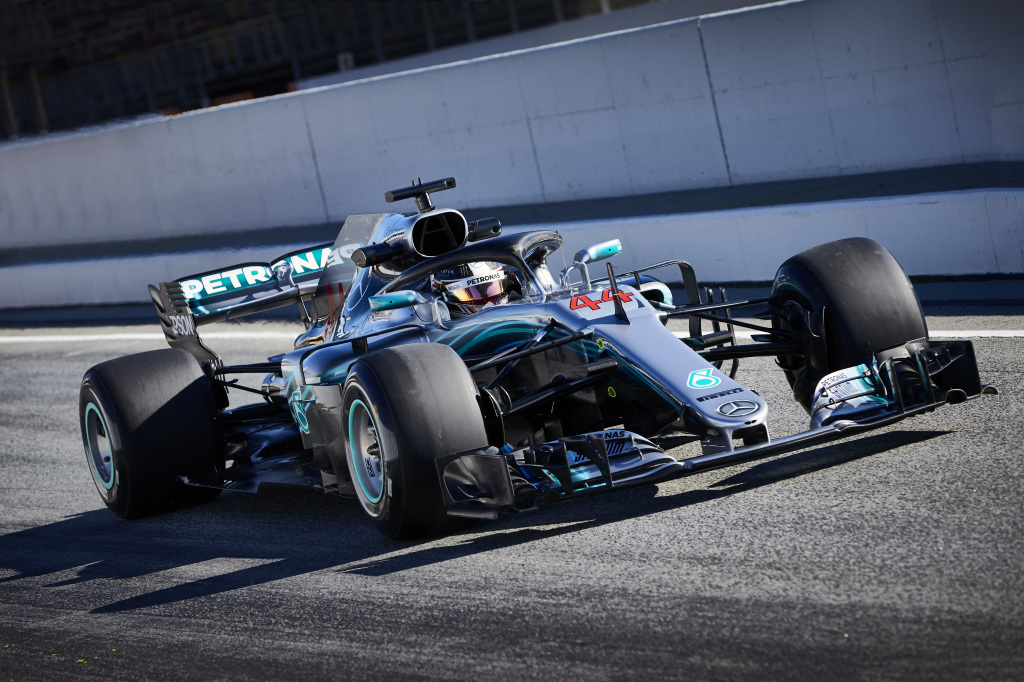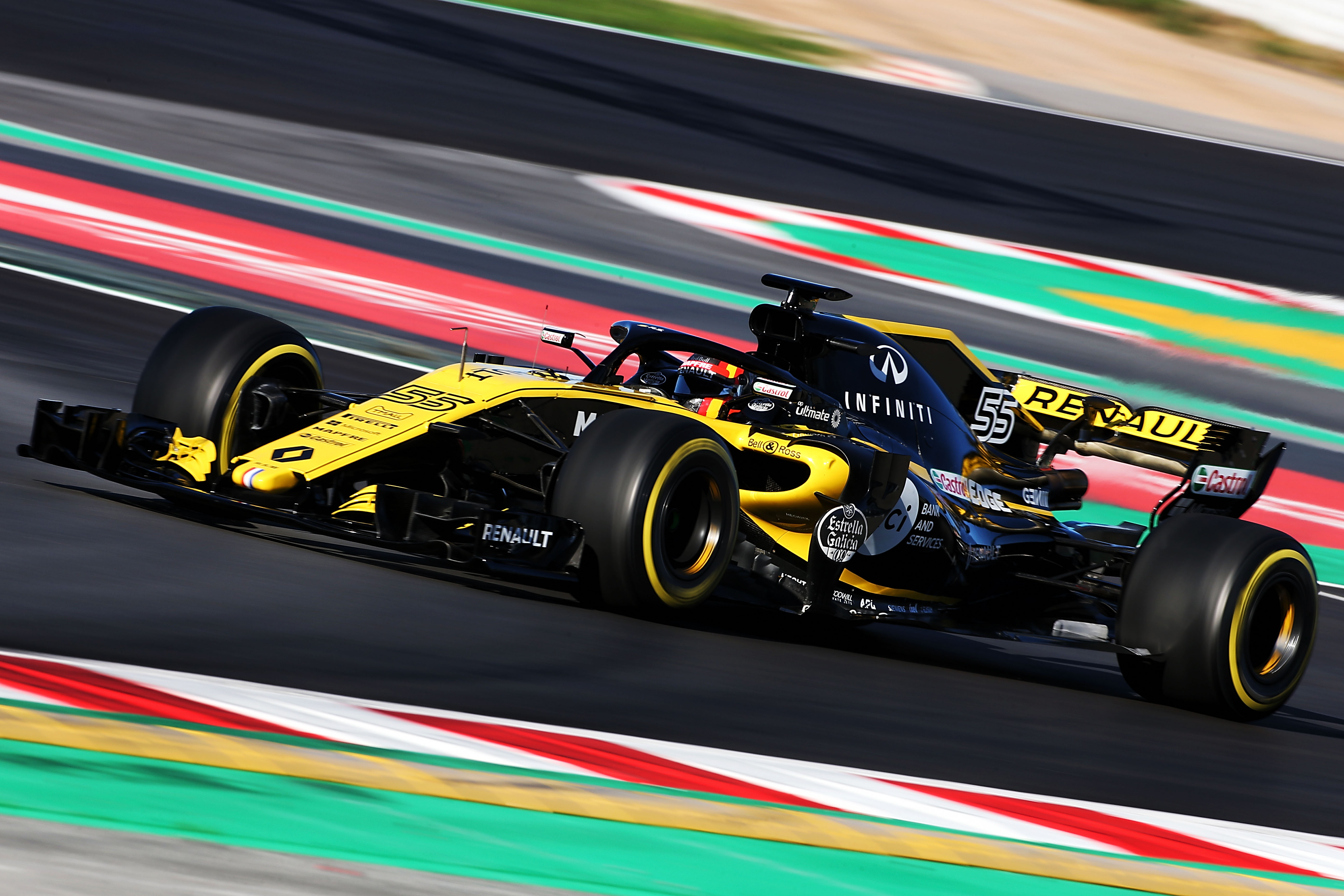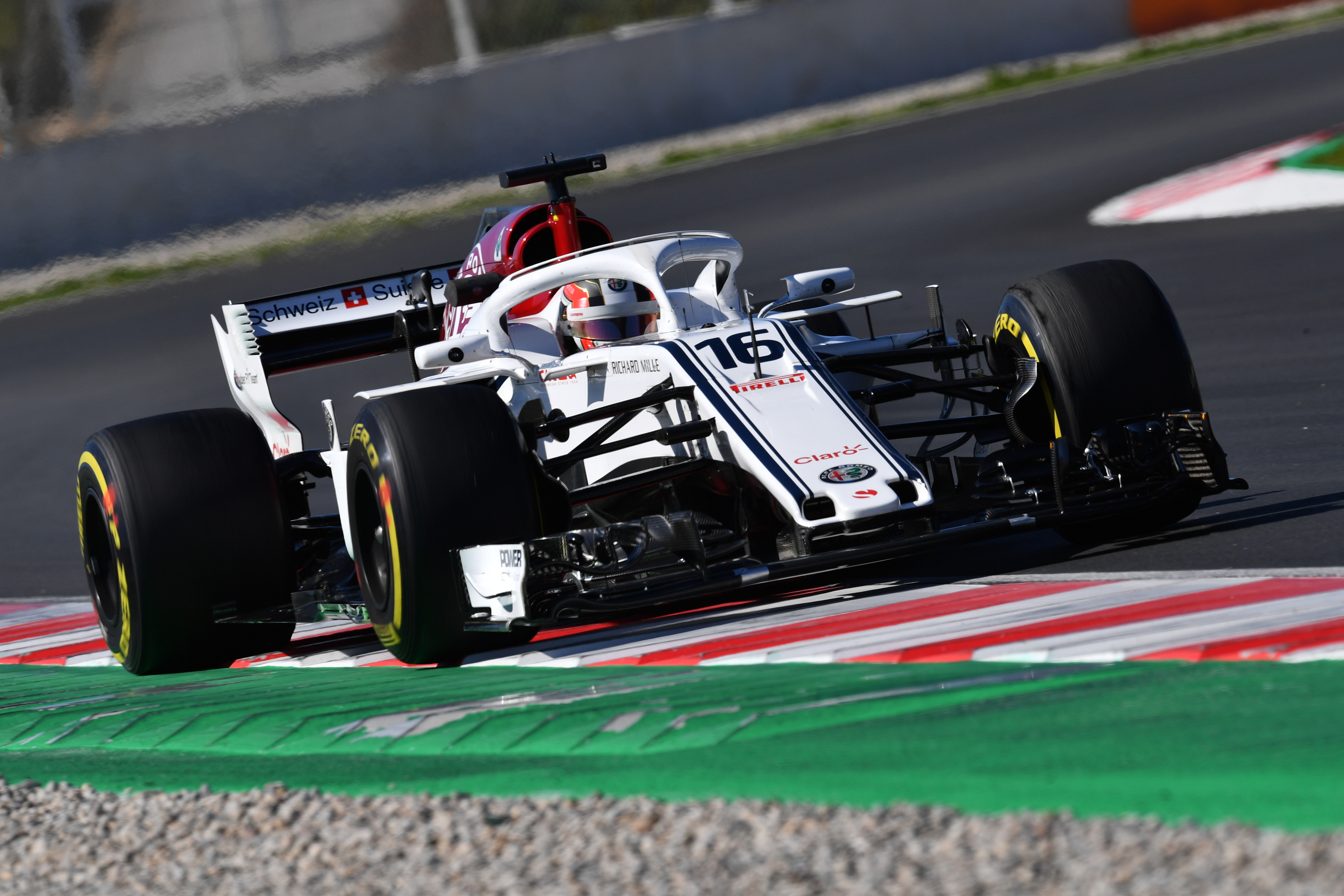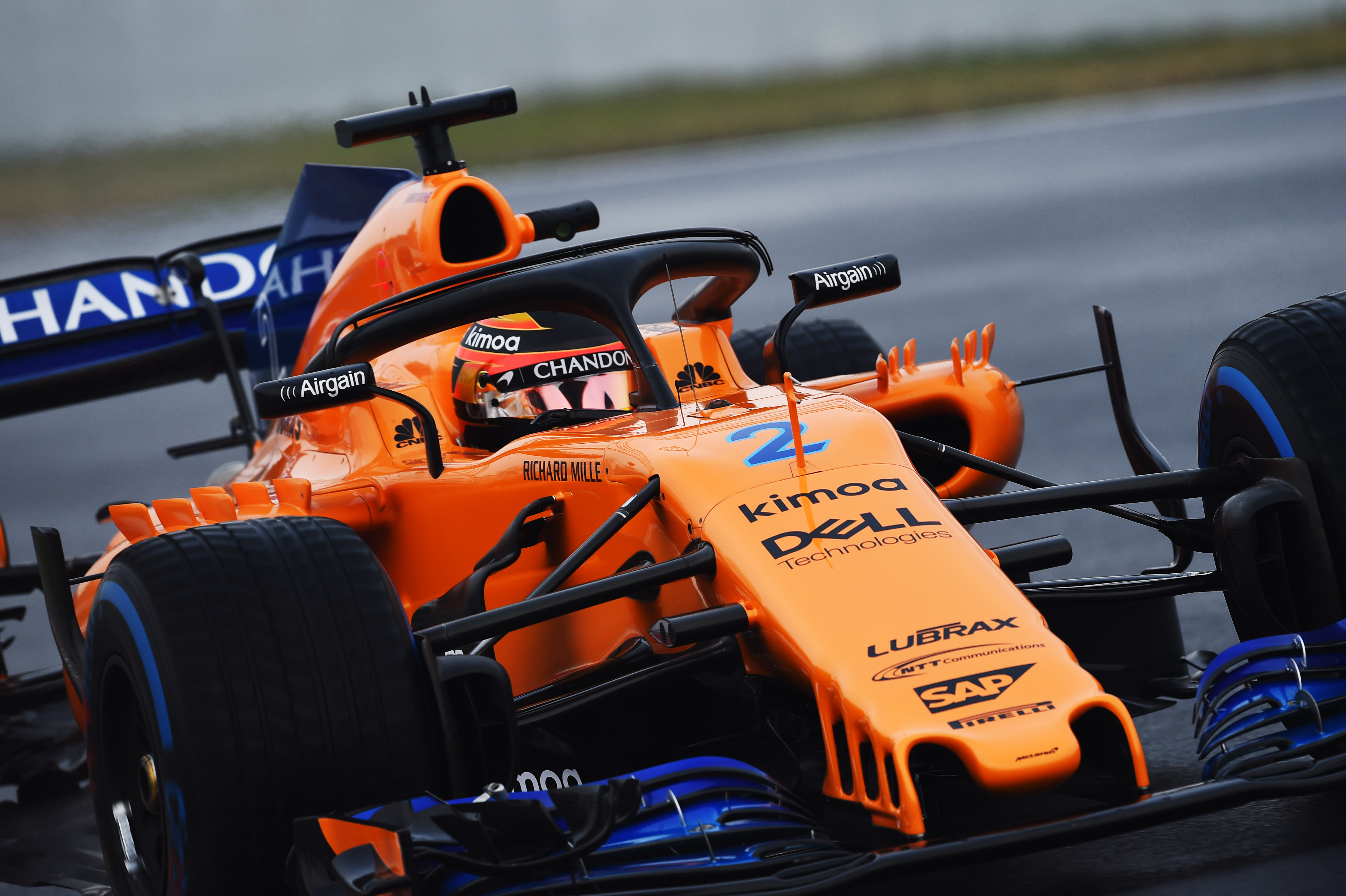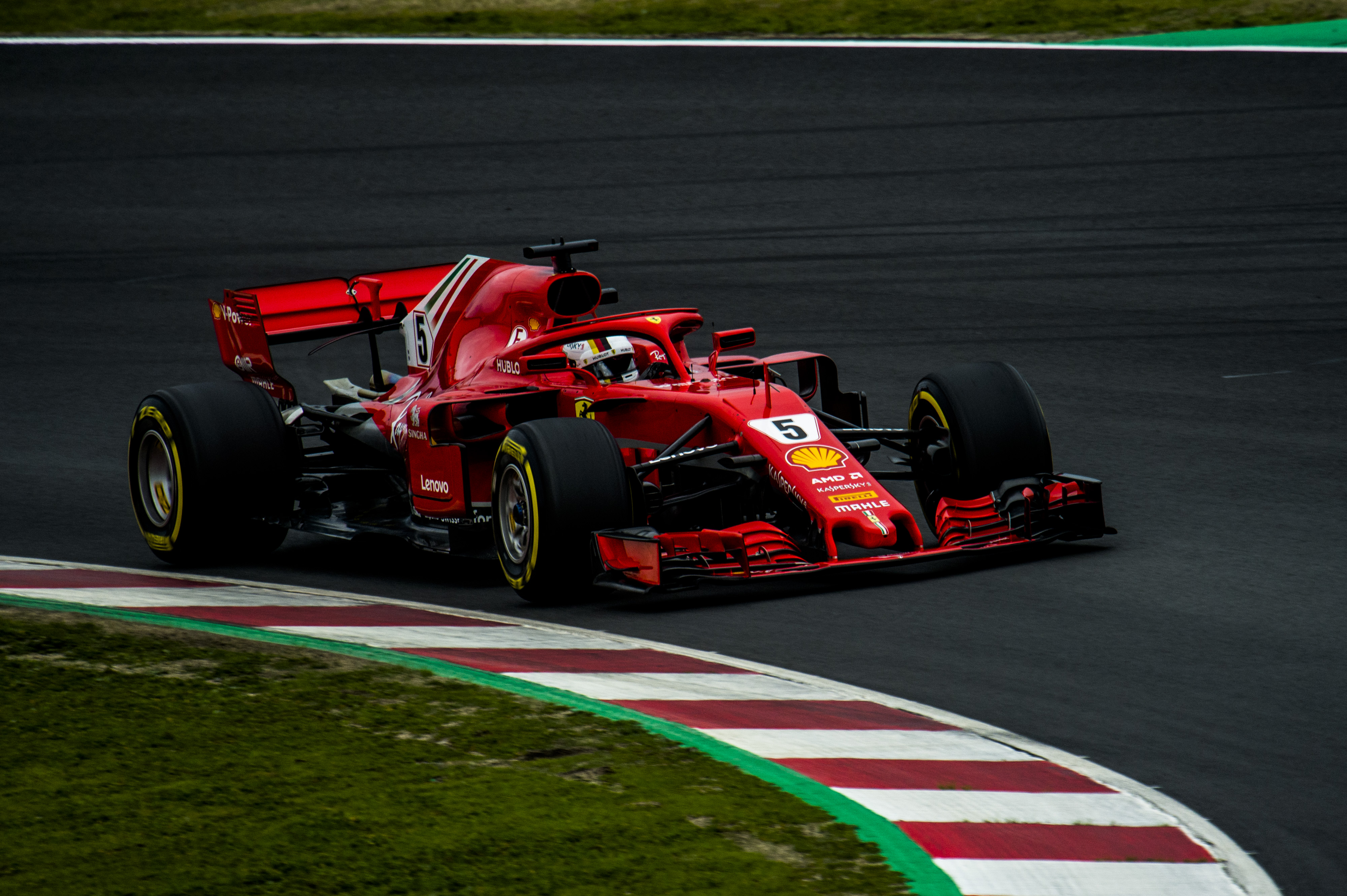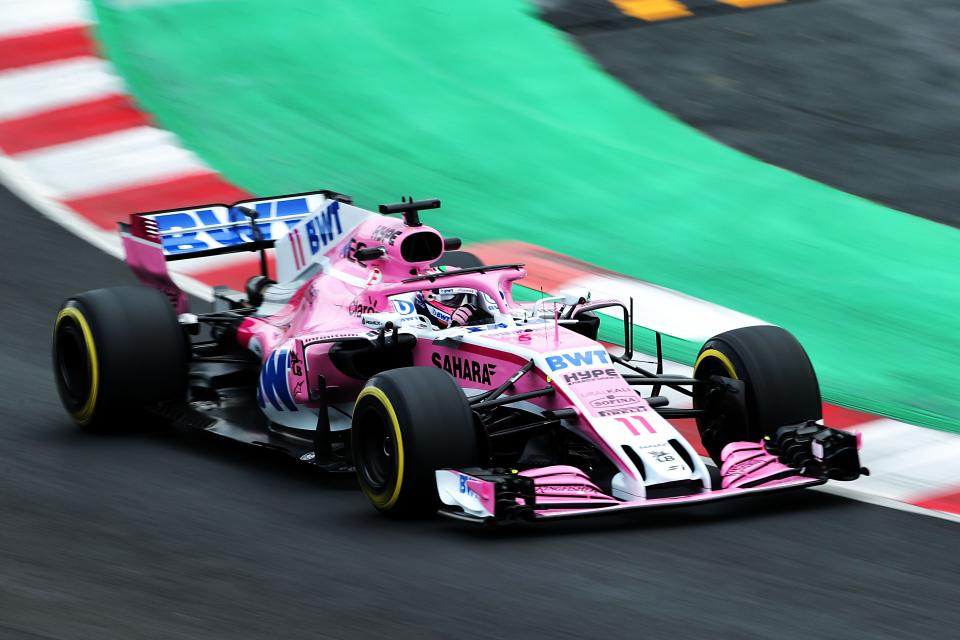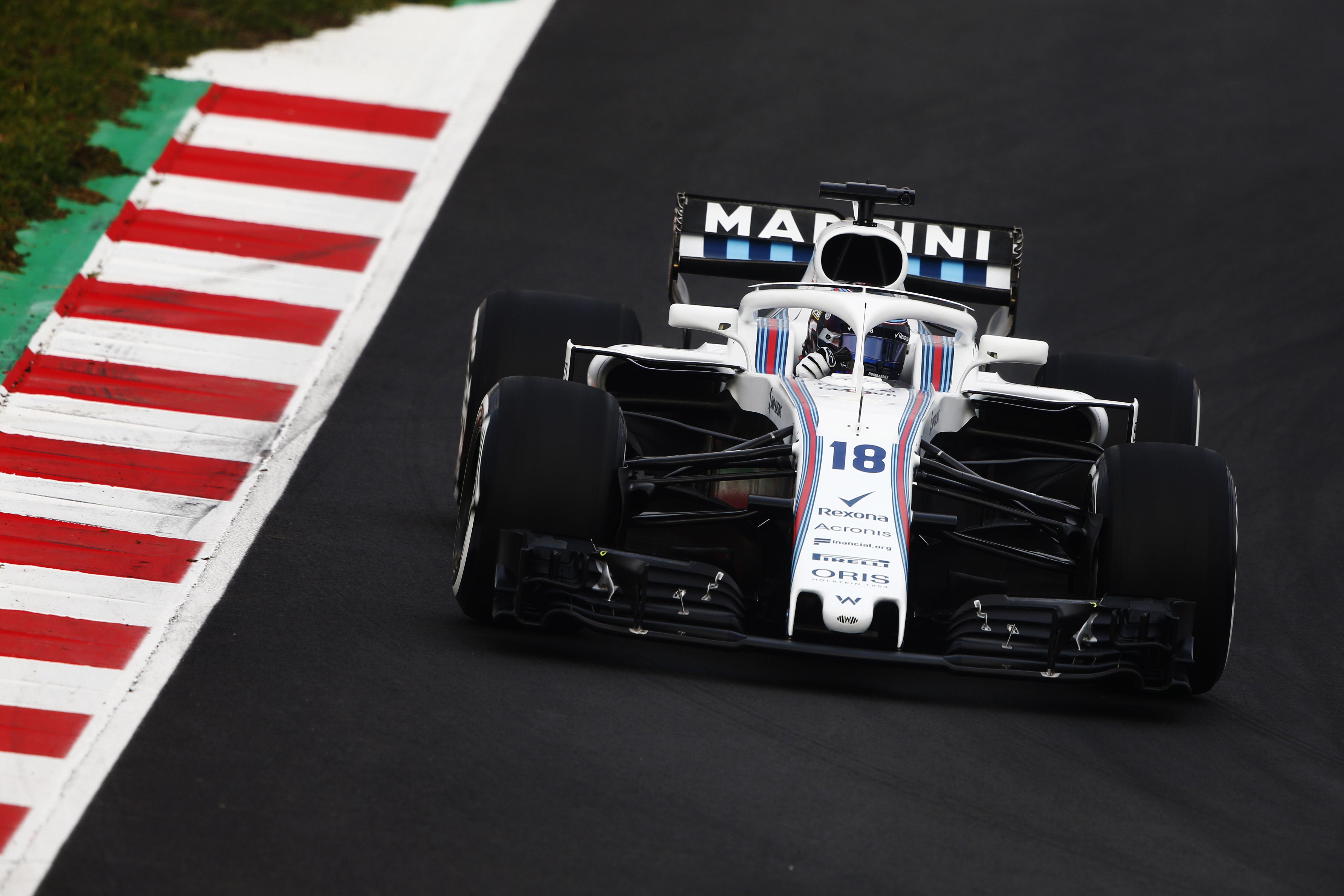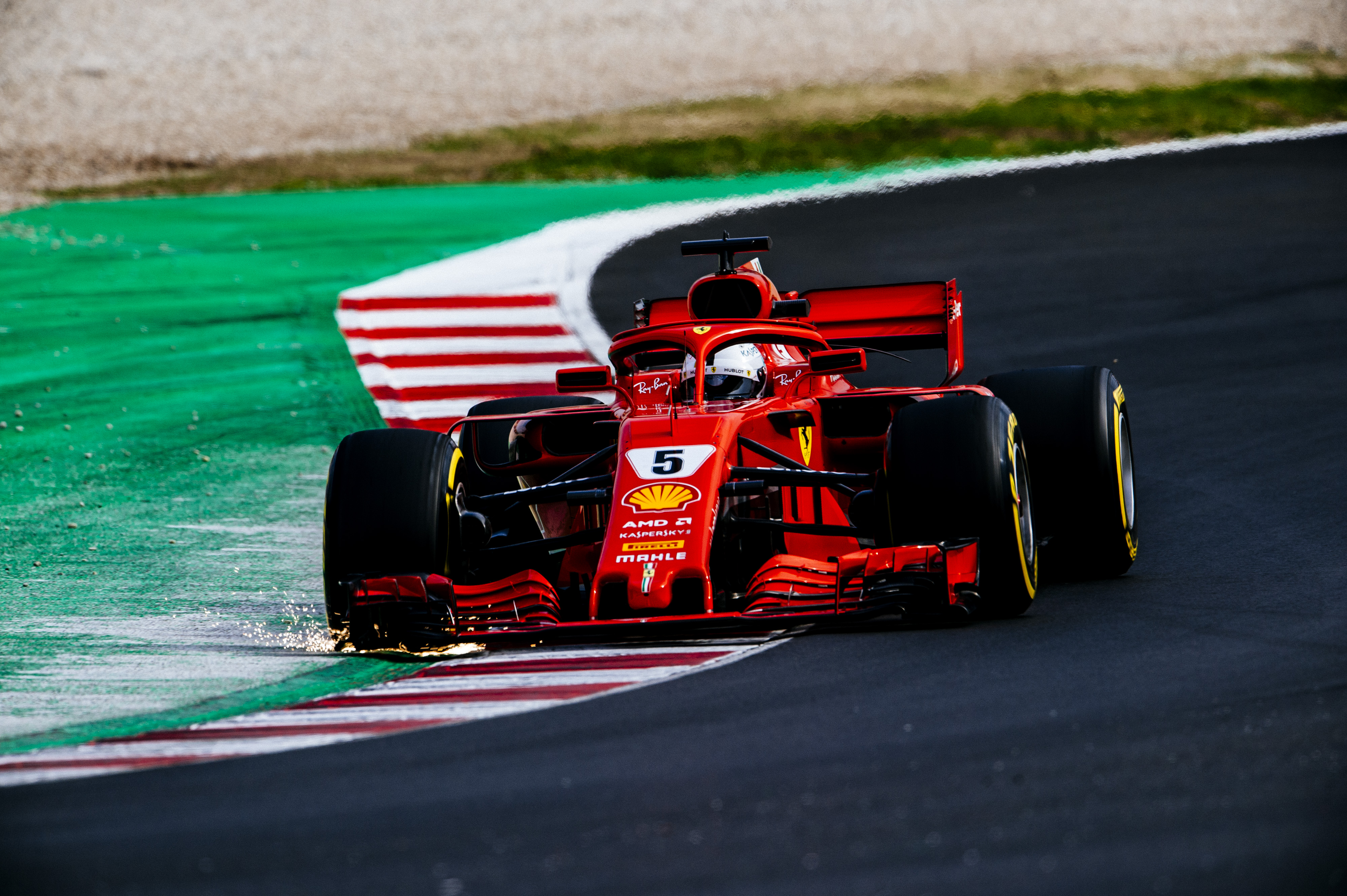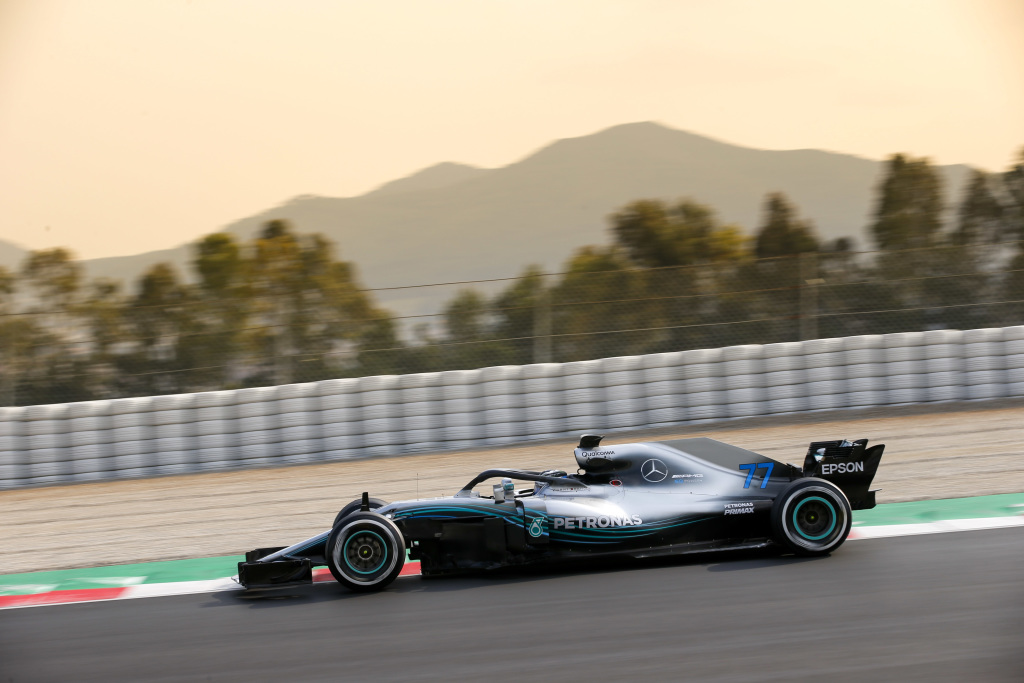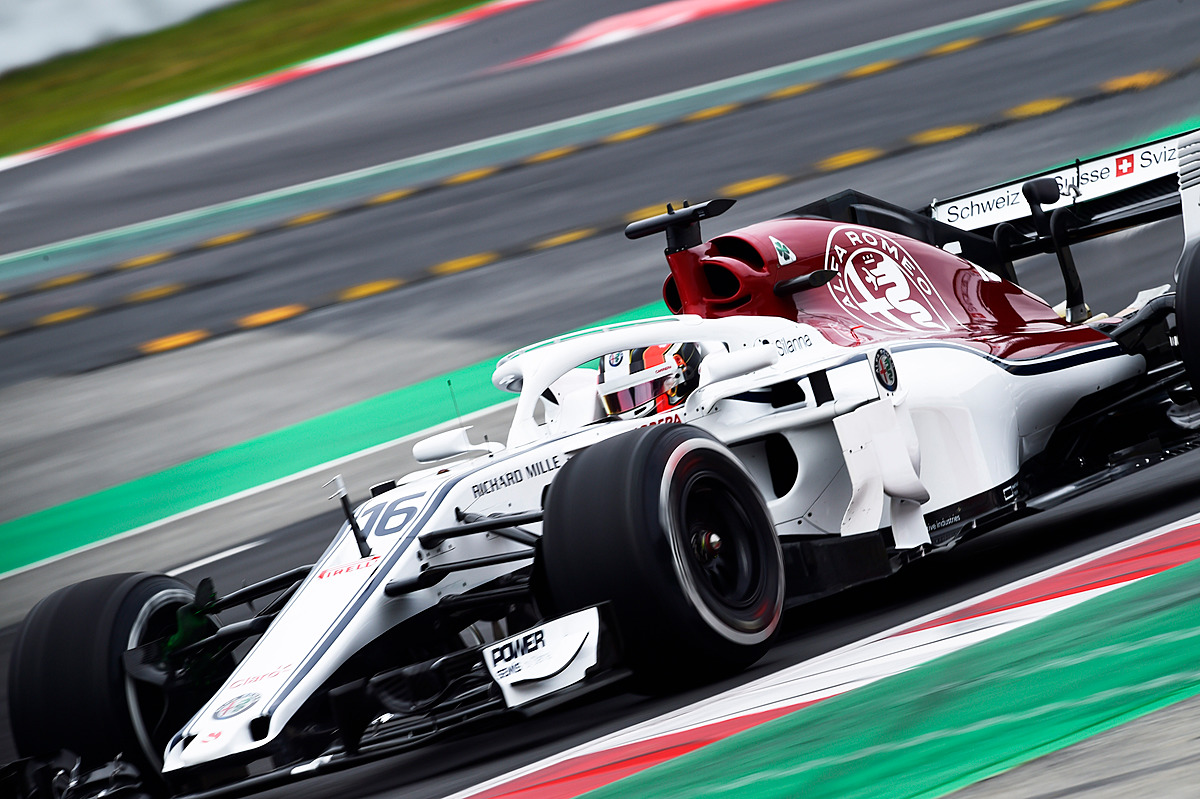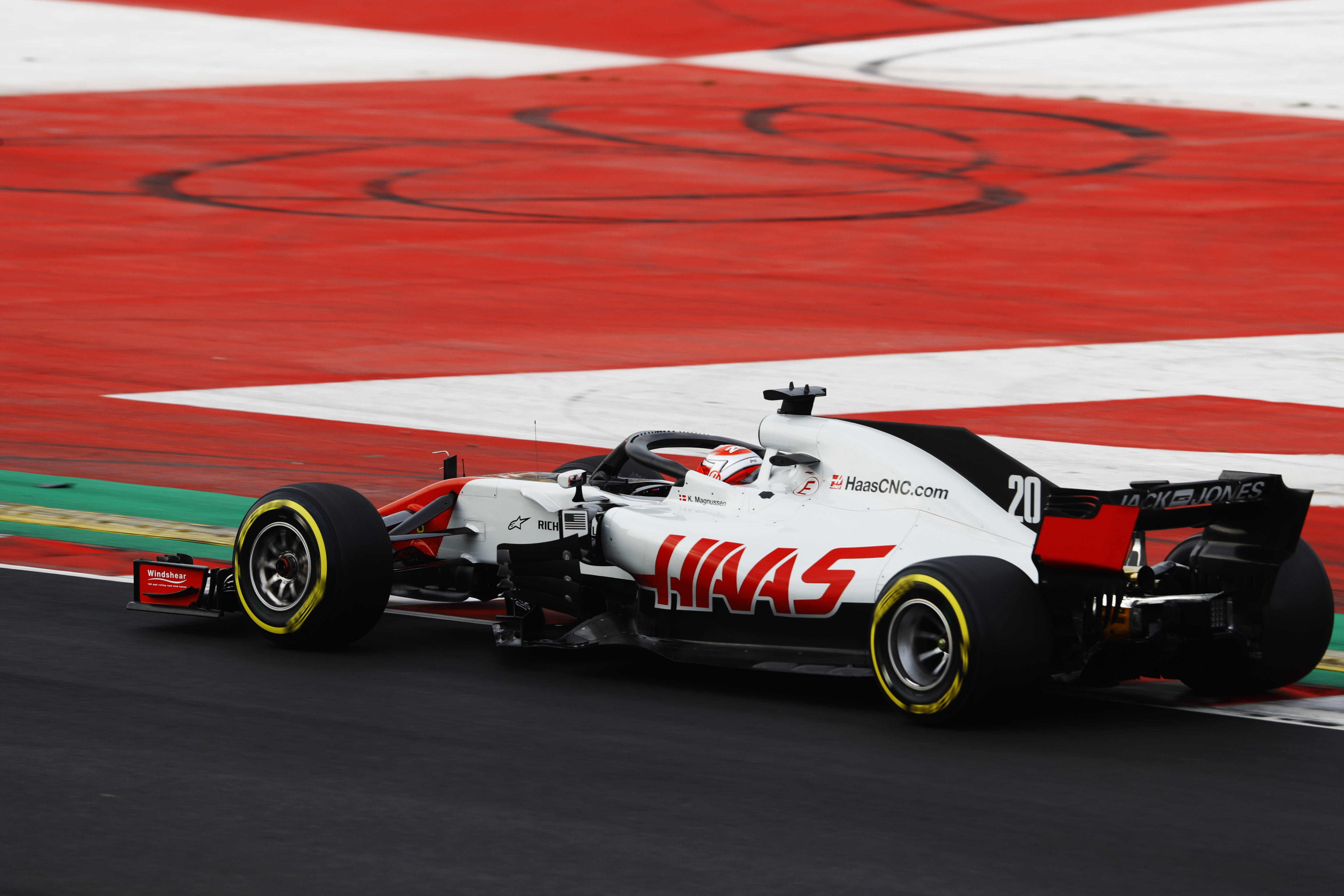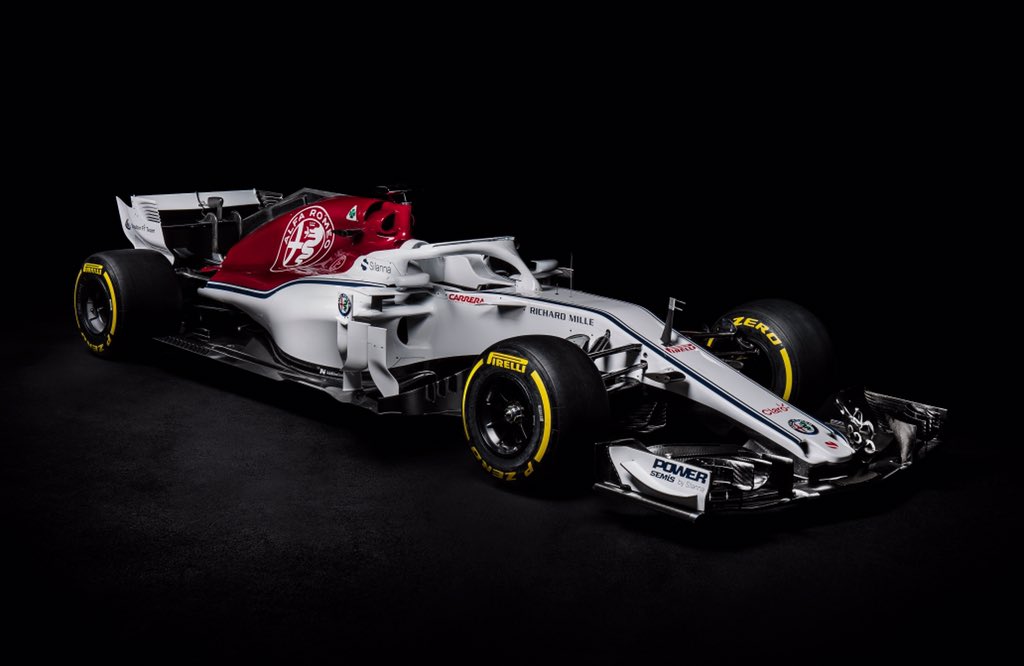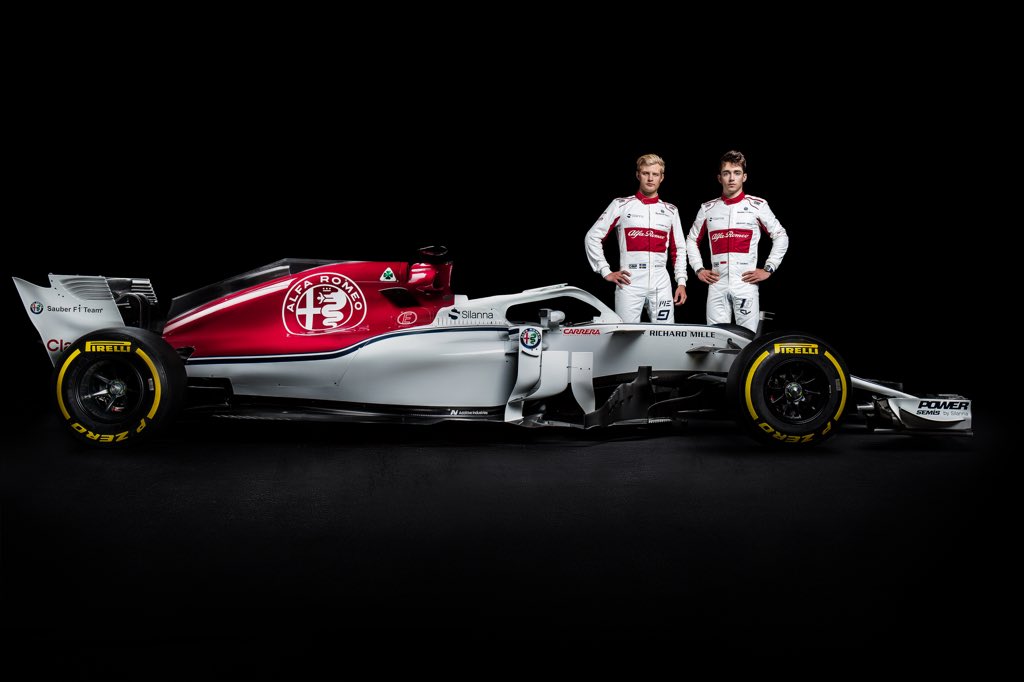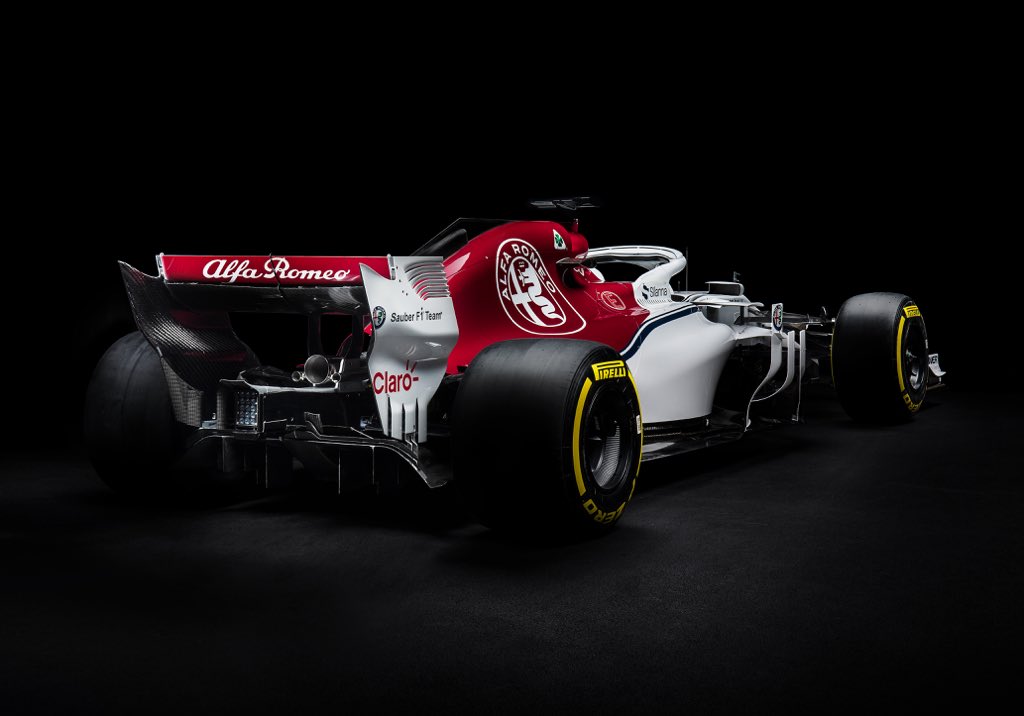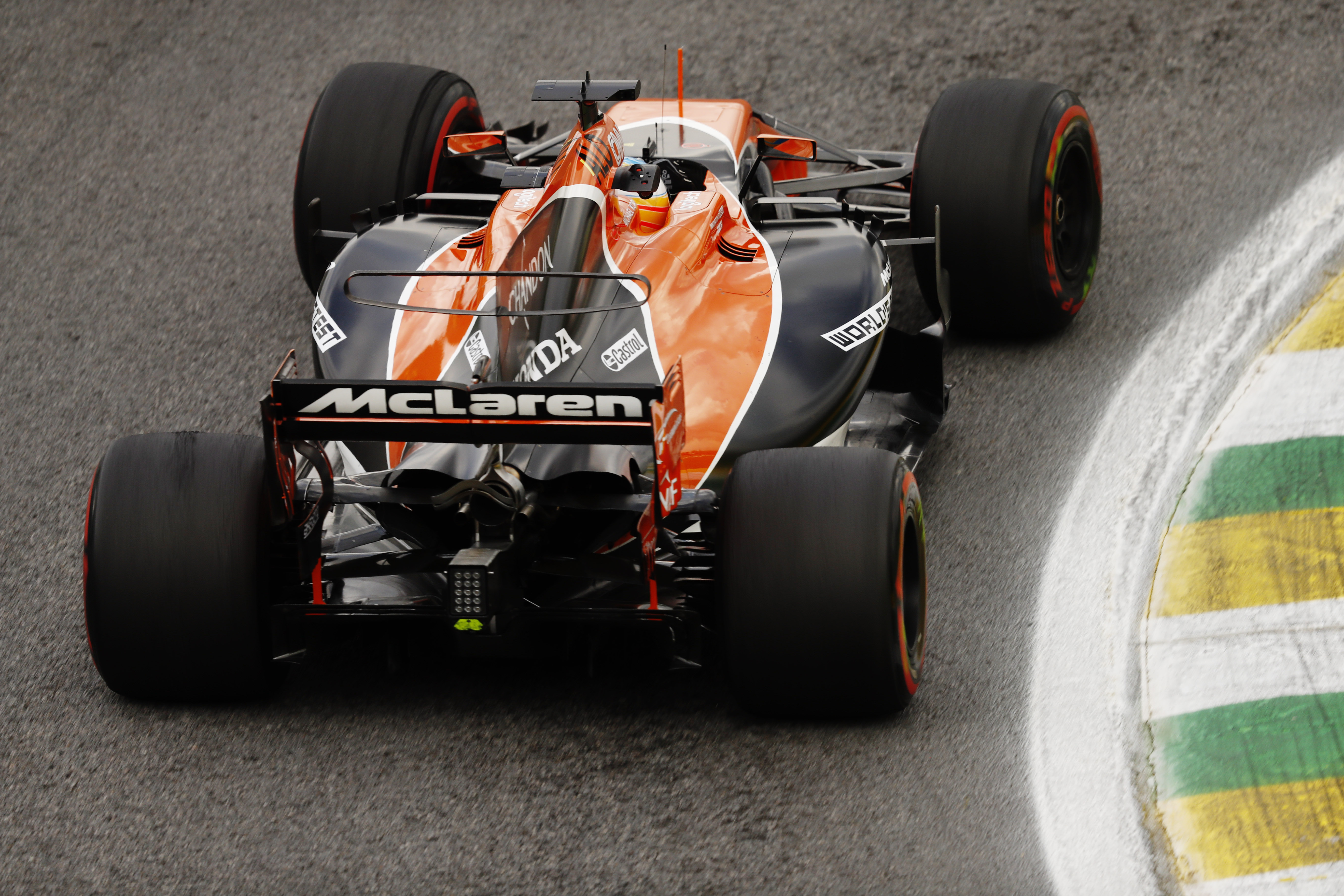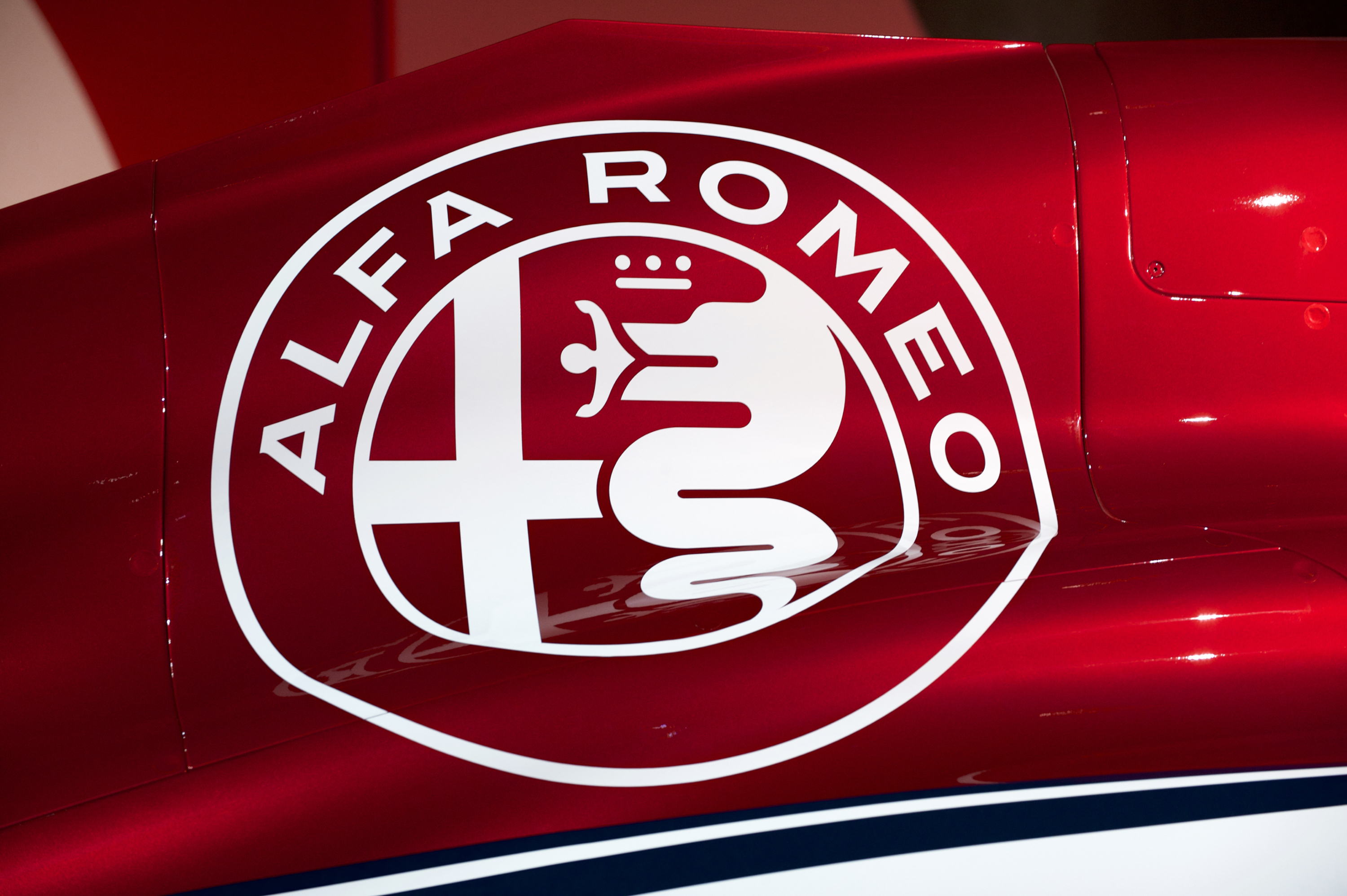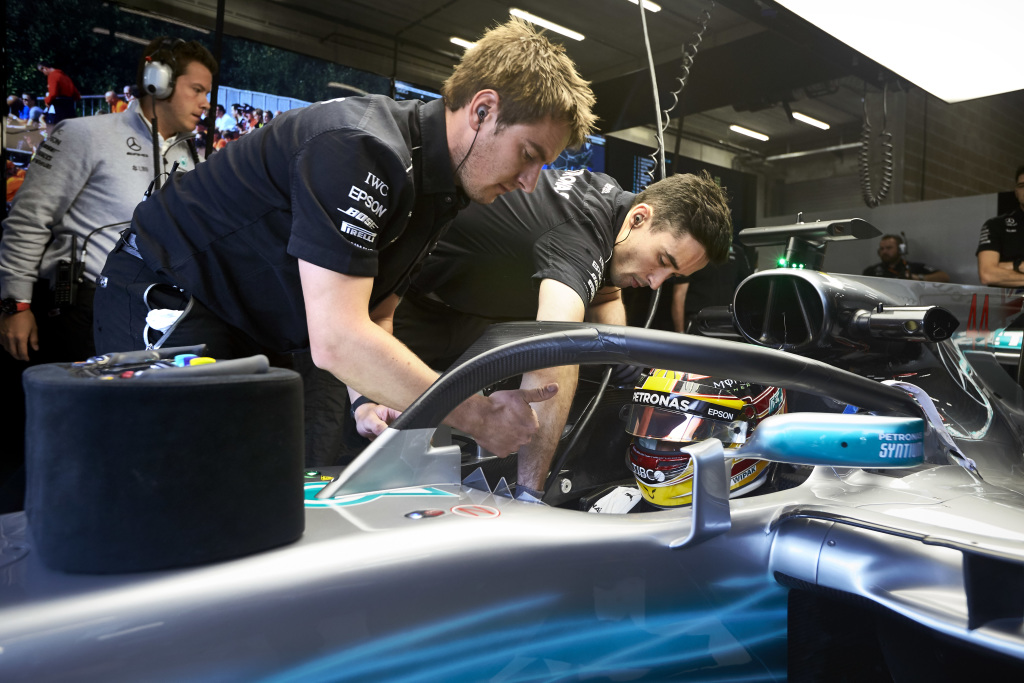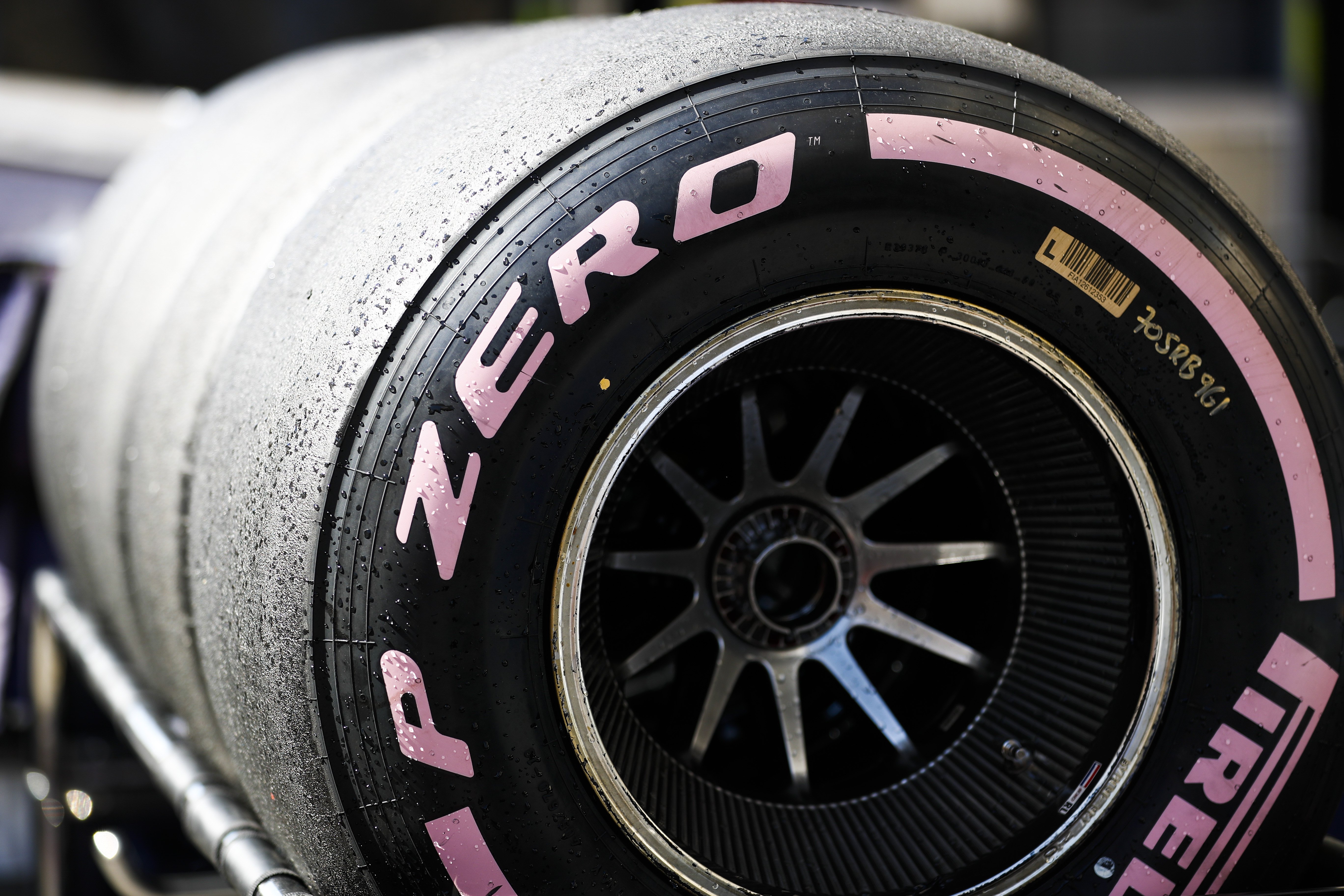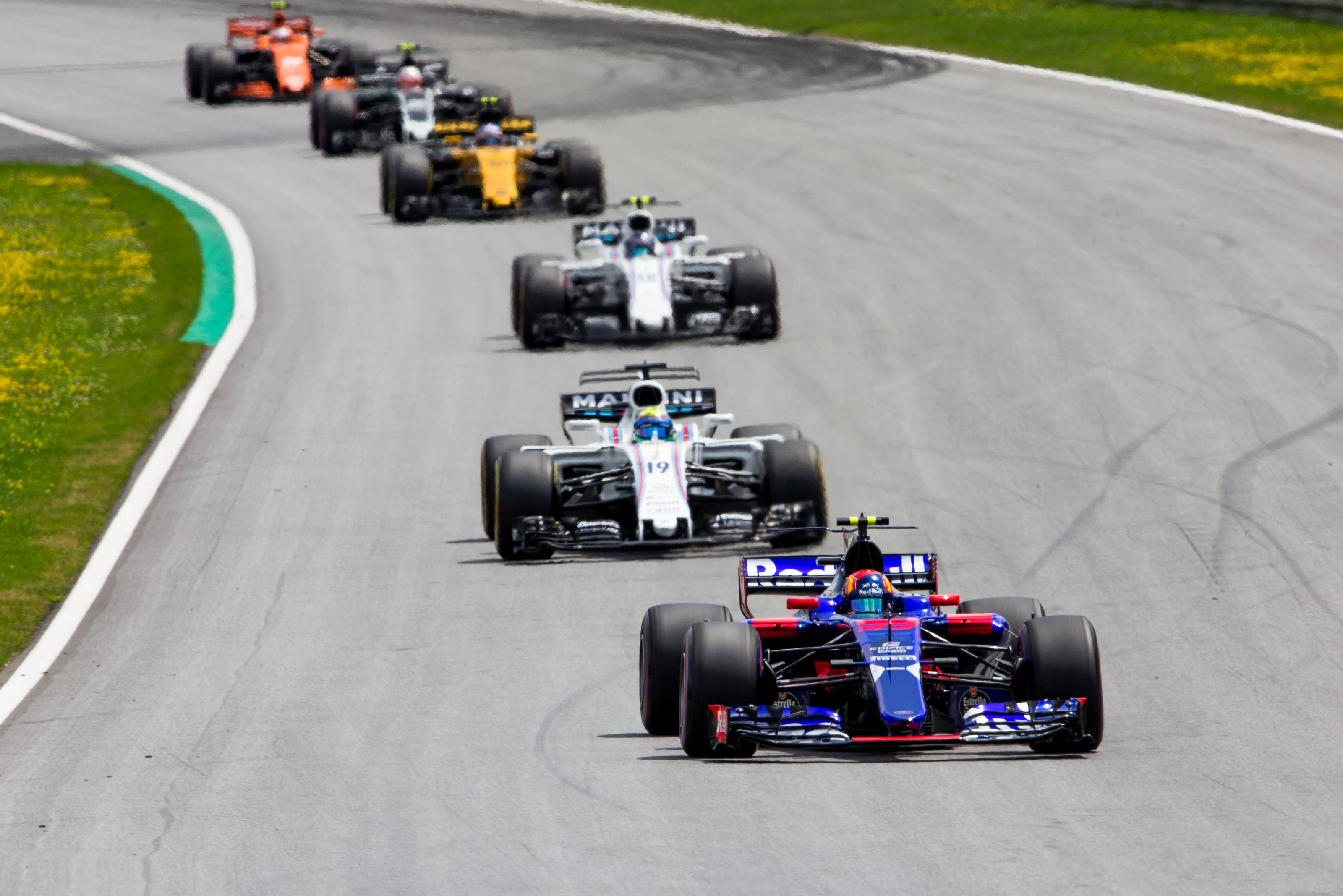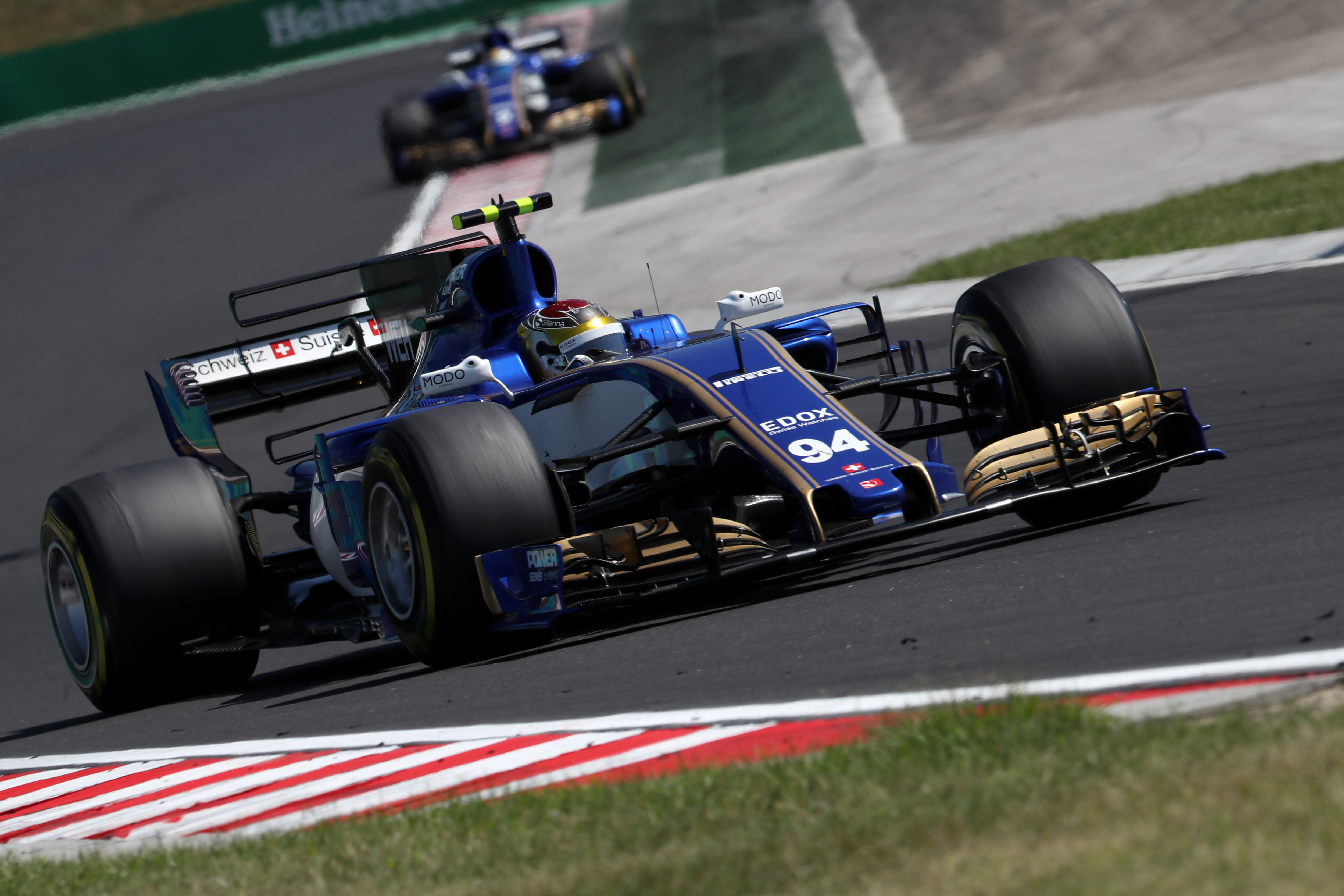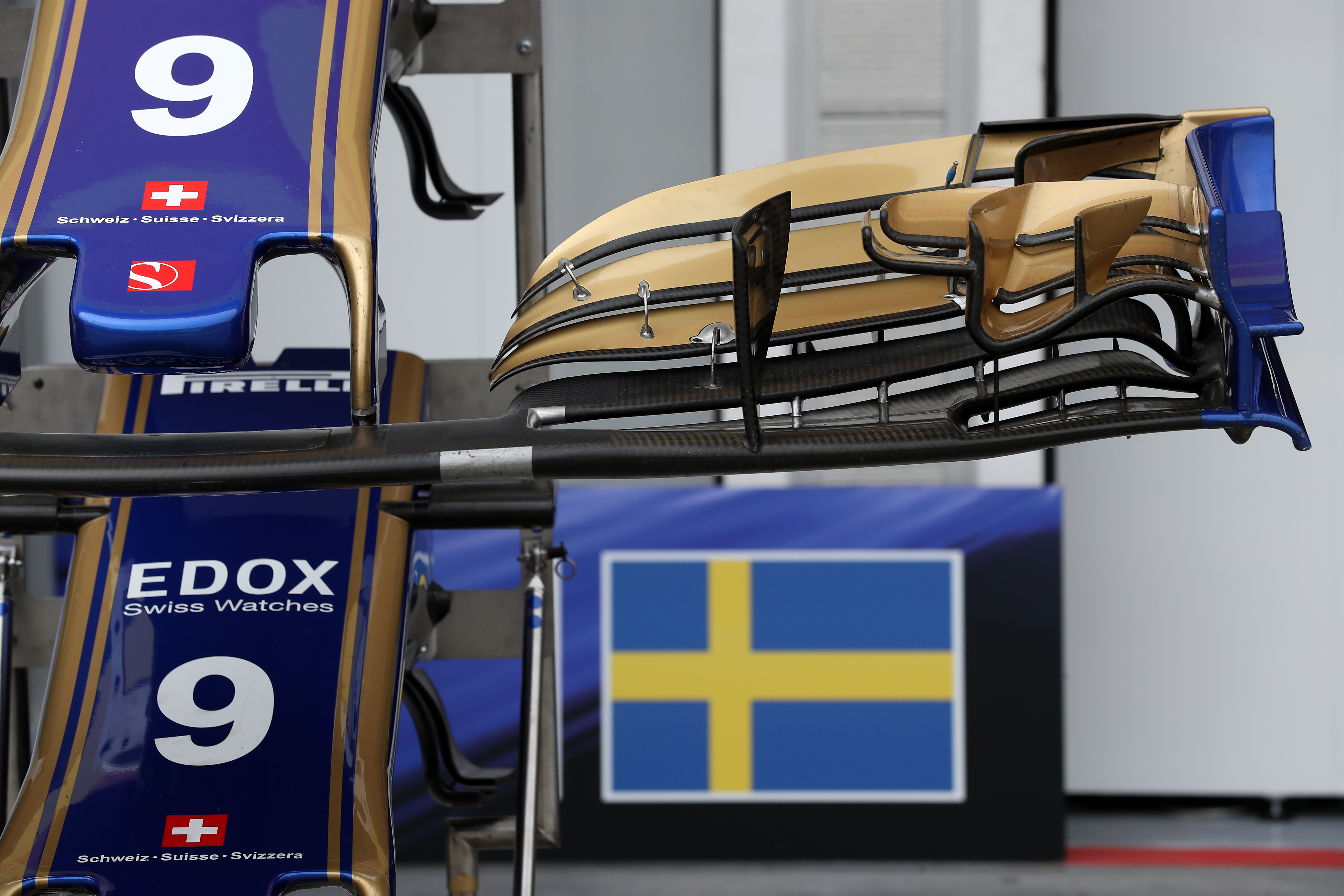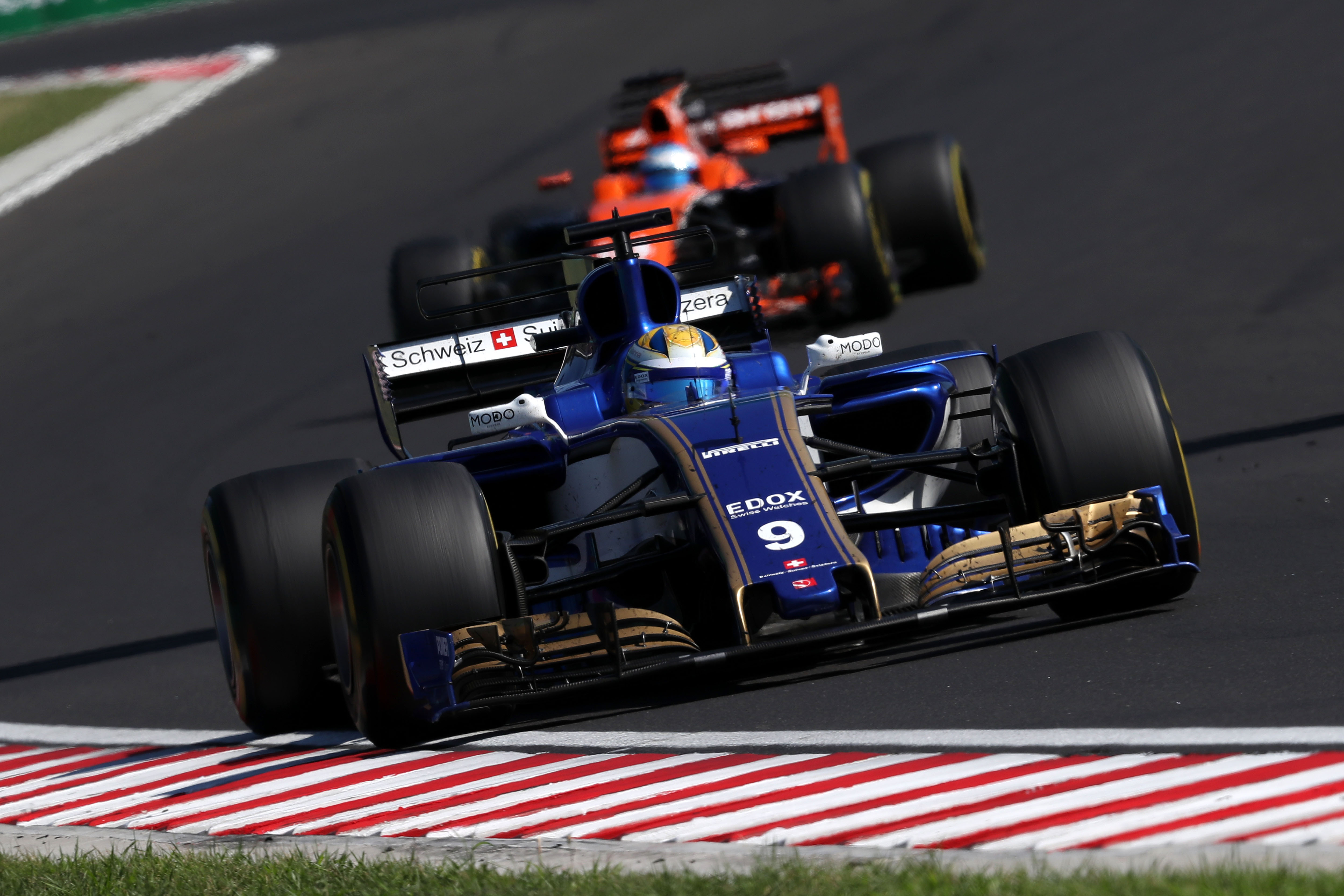In Formula 1 anything can happen, and it usually does! That was what Murray Walker always said, and it did indeed happen at the Red Bull Ring this weekend. A very hot Sunday played havoc with the field, though some acclimatised better than others.
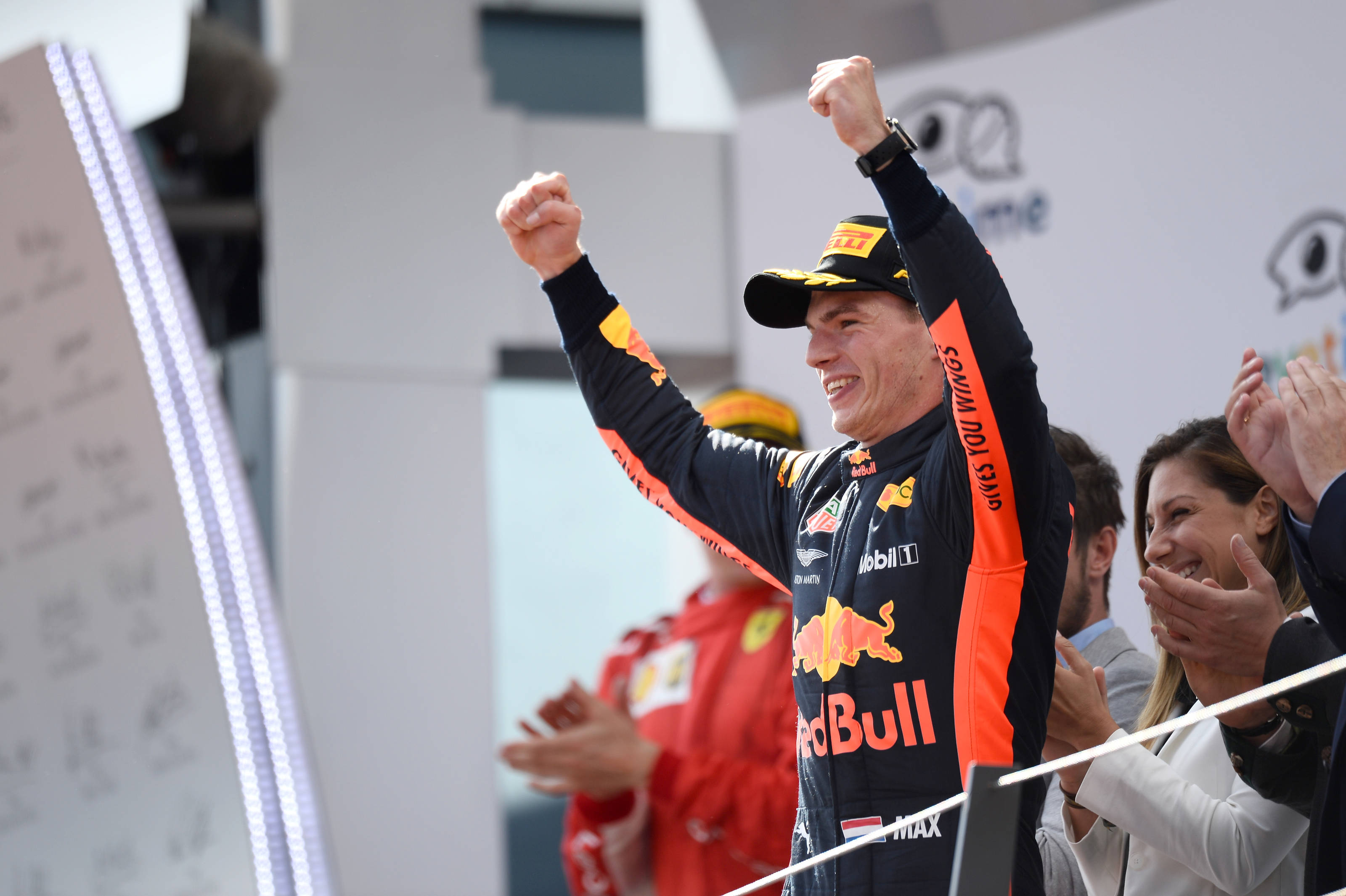
Max Verstappen: 9.5
This was a great weekend for Verstappen, as he continued his podium form and this time to the top step. Fortune favoured the brave on the first lap with a great move on Raikkonen. One of the first to pit under the Virtual Safety Car, Verstappen made his tyres last in the heat while others struggled with blistering. He is a driver known for his speed, but this weekend Verstappen proved he can drive calmly.
Kimi Raikkonen: 8
Austria was one of Raikkonen’s better races of the year. After a great start (marred slightly by running wide on the first lap) Raikkonen put in a tyre management drive reminiscent of his Lotus days to take a superb second place. With reports saying Leclerc is all set to join Ferrari next year, could this be the beginning of Raikkonen’s swan song?
Sebastian Vettel: 7
After this weekend sees Vettel leave Austria as the Championship leader, he won’t mind too much about the grid penalty he was given for impeding Carlos Sainz in qualifying. Vettel’s race started poorly on Sunday as he fell to 8th, but a good recovery drive put him on the podium.
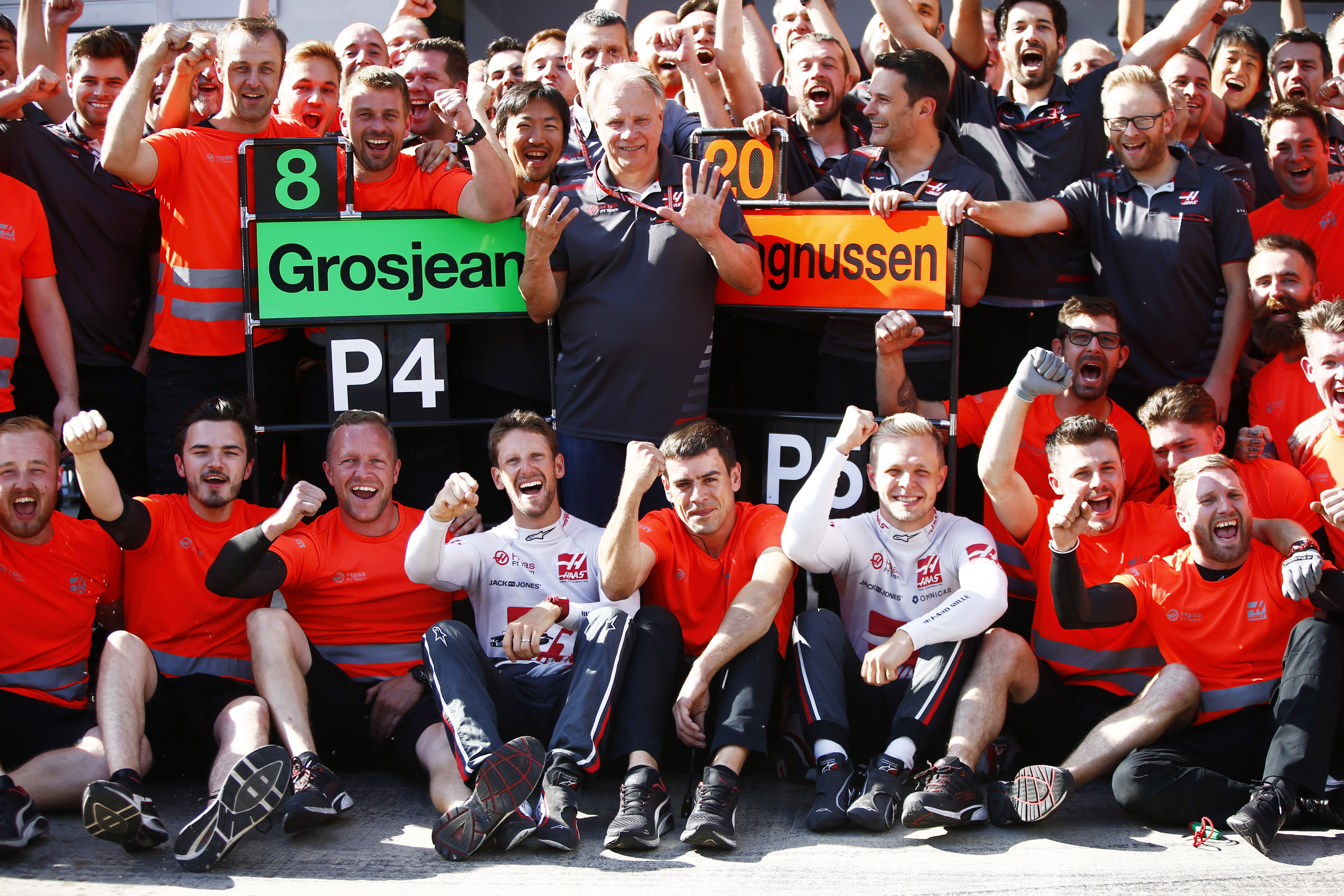
Romain Grosjean: 8
The Frenchman finally sees the flag in the top ten! Grosjean was very impressive on Saturday when he outqualified a Red Bull, and was one of the better drivers on Sunday at keeping the tyres in good condition. A great result for him and especially Haas, as teammate Magnussen finished behind him in P5.
Kevin Magnussen: 8
Magnussen continued his impressive 2018 in Austria with a great haul of points in P5. Together with Grosjean, Magnussen’s points this weekend helped Haas back up their statement about being the fourth-best team. A great drive from Magnussen all weekend, evening if Grosjean had shaded him on race day.
Esteban Ocon: 8
Ocon is a name being frequently mentioned in the drivers’ market as a hot talent, and he proved why in Austria. Starting in P11 he had the free choice of tyres, and used that well to finish P6. He had a fresher set of tyres later on than most which helped him too.
Sergio Perez: 7
After dropping out of qualifying in Q1 it looked like Perez would struggle. But with grid penalties ahead of him, Perez started P15 and made up the most places of who took the grid to finish P7—his first points finish since Spain.
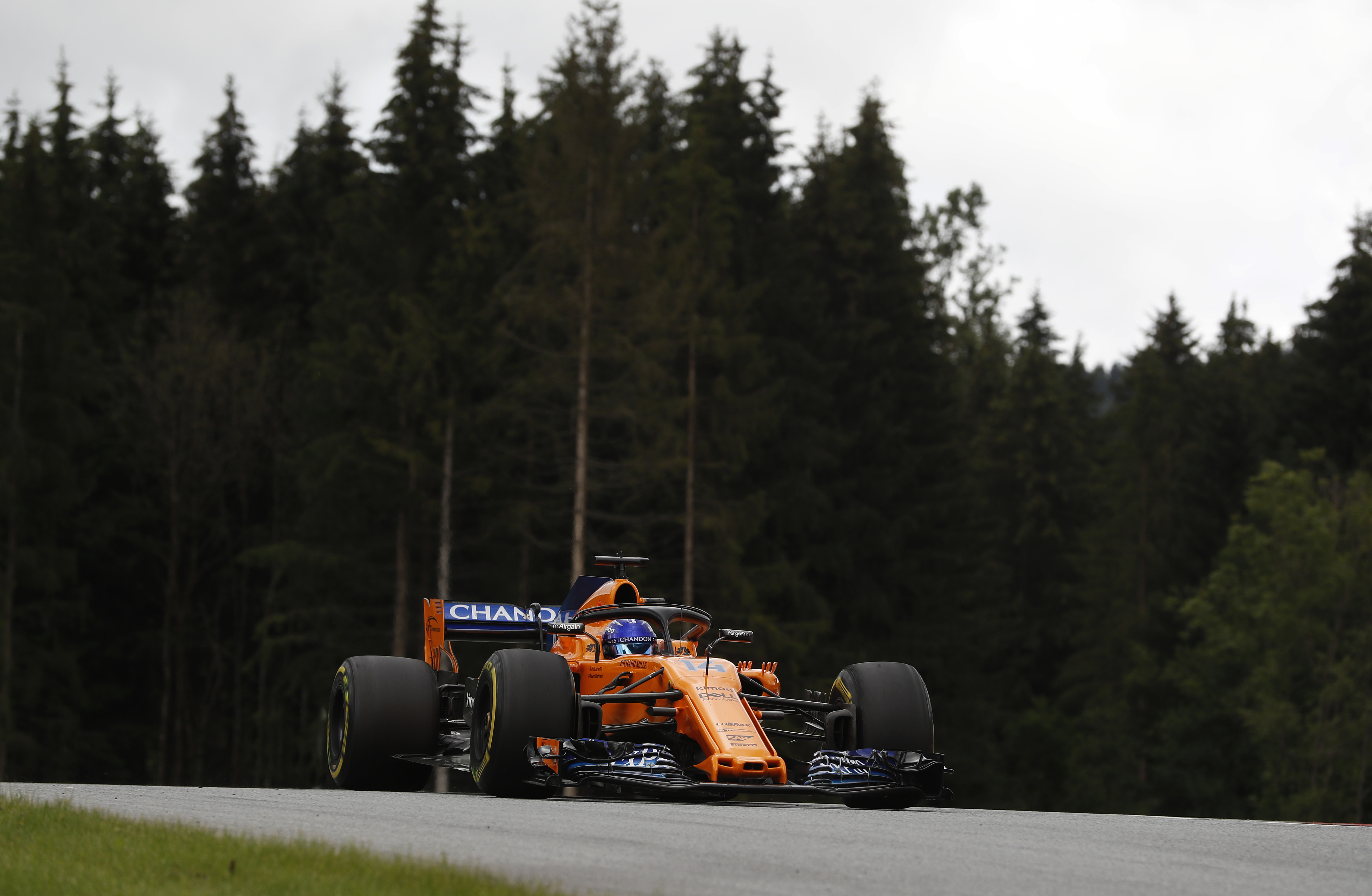
Fernando Alonso: 8
Alonso started from the pitlane on Sunday because his car was taken out of parc fermé for a change of front wing and MGU-K. He was on the radio early on calling for a new strategy to get out from behind Hartley’s Toro Rosso, and and an early pit stop allowed Alonso to come back through the field as he kept his tyres from blistering. A much better race for the 2018 Le Mans winner.
Charles Leclerc: 8
Through to Q2 again for the sixth weekend in a row, Leclerc’s Sauber showed great pace on Saturday. A gearbox penalty meant he dropped back to P17 on the grid, but a strong recovery brought him up into the points—and all on the weekend that his move to Ferrari for next year has reportedly been decided.
Marcus Ericsson: 7
Ericsson had a pretty poor Saturday as he said couldn’t find a gap on track in qualifying, but put that behind him to help Sauber to its first double points finish since China 2015. To sweeten the deal, Ericsson only had to wait seven races between his last points finish and this, as opposed to the two whole seasons before. The Sauber is being developed well.
Pierre Gasly: 7
Gasly’s tyres just gave up on him at the end of the race as he suffered from the blistering that affected most of the field. He was running a strong P8 with a few laps remaining but his tyres were past it. For a very power hungry track, Gasly qualified a fine P12 with the Honda power unit. His raw pace is noticeable.
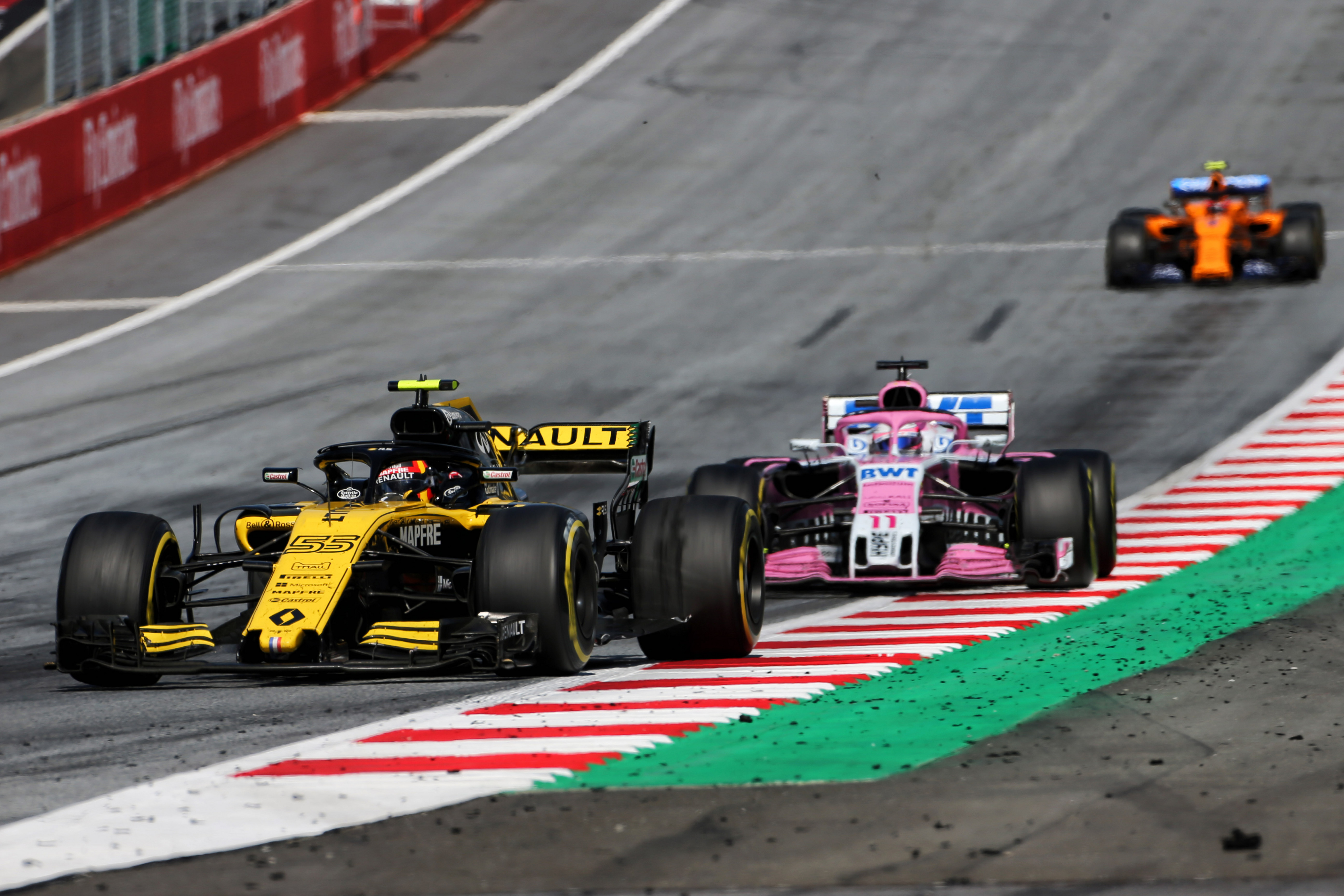
Carlos Sainz: 6
Sainz was only one of two drivers to finish further back from his grid place in Austria. He started P9 and actually got by Vettel for half a lap, but his two-stop strategy didn’t pan out and he dropped to P12 by the end of the race.
Sergey Sirotkin: 6
Out in Q1, Sirotkin struggled to get to grips with his car in the early part of the weekend. However it was a better Sunday from the Russian, as he finished P13 and ahead of his teammate.
Lance Stroll: 6
A great Saturday performance saw Stroll get into Q2 for the first time since Azerbaijan. On the first lap he was running as high as P12 and points were possible, but a ten-second penalty for ignoring blue flags resulted in him finishing P14.
Stoffel Vandoorne: 4
Austria was another poor weekend by Vandoorne, with a Q1 exit on Saturday and a collision with Gasly on the first lap on Sunday. After pitting for a new front wing the Belgian was way down the order and off the pace. He retired lap 66 due to damage, and the pressure to defend his seat for next year is building.
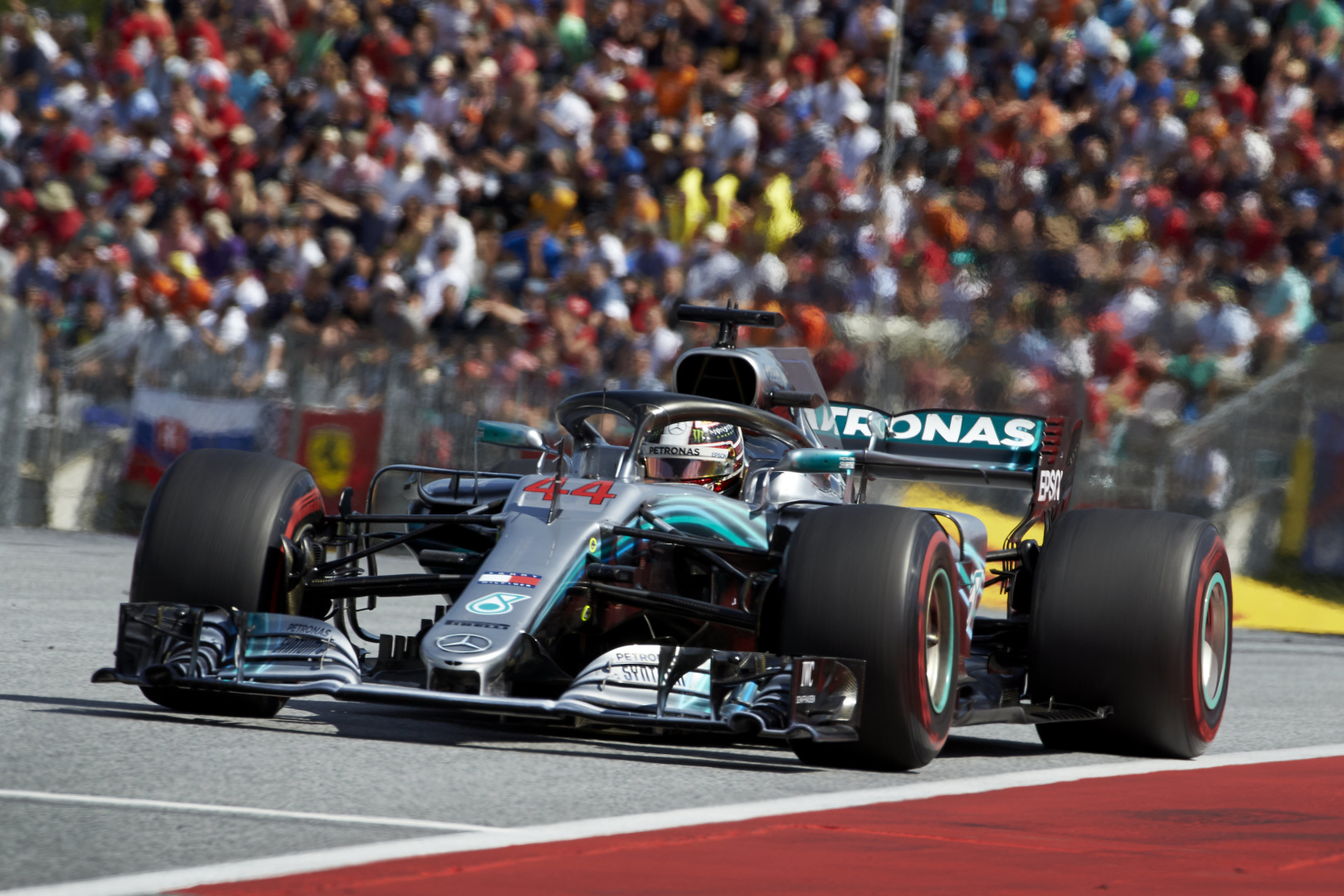
Lewis Hamilton: 7.5
With upgrades on his car Hamilton was the one to beat in the early part of the race. But when the VSC came out on lap 14 he didn’t pit like everyone else, and as a result lost the race lead. Hamilton then retired on lap 64 with a loss of fuel pressure—his first retirement since Malaysia 2016—and lost the lead of the championship to Vettel.
Brendon Hartley: 5
Hartley’s Sunday began with a 35-place grid penalty for changing his power unit, and ended when his gearbox failed on lap 57 and put him into retirement.
Daniel Ricciardo: 6
The Austrian Grand Prix may have been on Ricciardo’s 29th birthday, but sadly it ended in retirement. It was a sour start to the weekend with him being outqualified by Grosjean and an argument with his teammate over slipstreaming tactics. Ricciardo put a trademark late-braking move on Raikkonen early in the race but struggled with tyre blisters later, then retired due to a broken exhaust. He’ll be hoping for a stronger weekend in Silverstone.
Valtteri Bottas: 9
Bottas seems to love the Red Bull Ring, and pole and the win last year gave him huge confidence into this year’s event. He managed to get pole again this year but didn’t get as good a start as he got in 2017 and lost the lead to Hamilton in Turn 1. A great double overtake on the first lap saw Bottas recover to P2, although luck wasn’t on his side as the seemingly ever-reliable Mercedes broke again with a hydraulics failure. Two mechanical DNF’s for the Silver Arrows.
Nico Hulkenburg: 6
The first failure of the race came to Hulkenberg, a massive engine failure with smoke and lots of fire. Hulkenberg was in place for reasonable points but lost power on the straight. He had great pace in qualifying and got through to Q3 but reliability caught him this weekend.
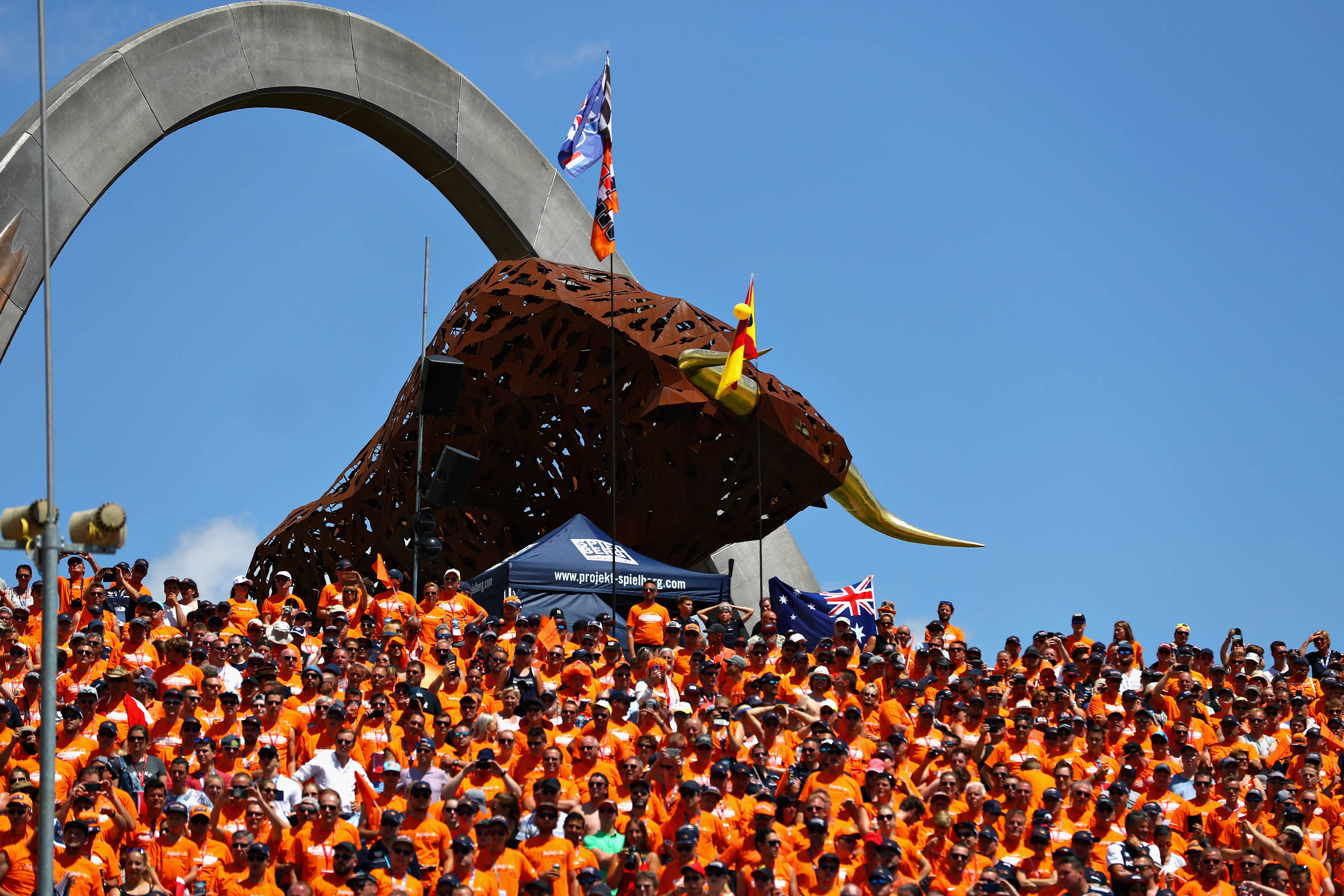
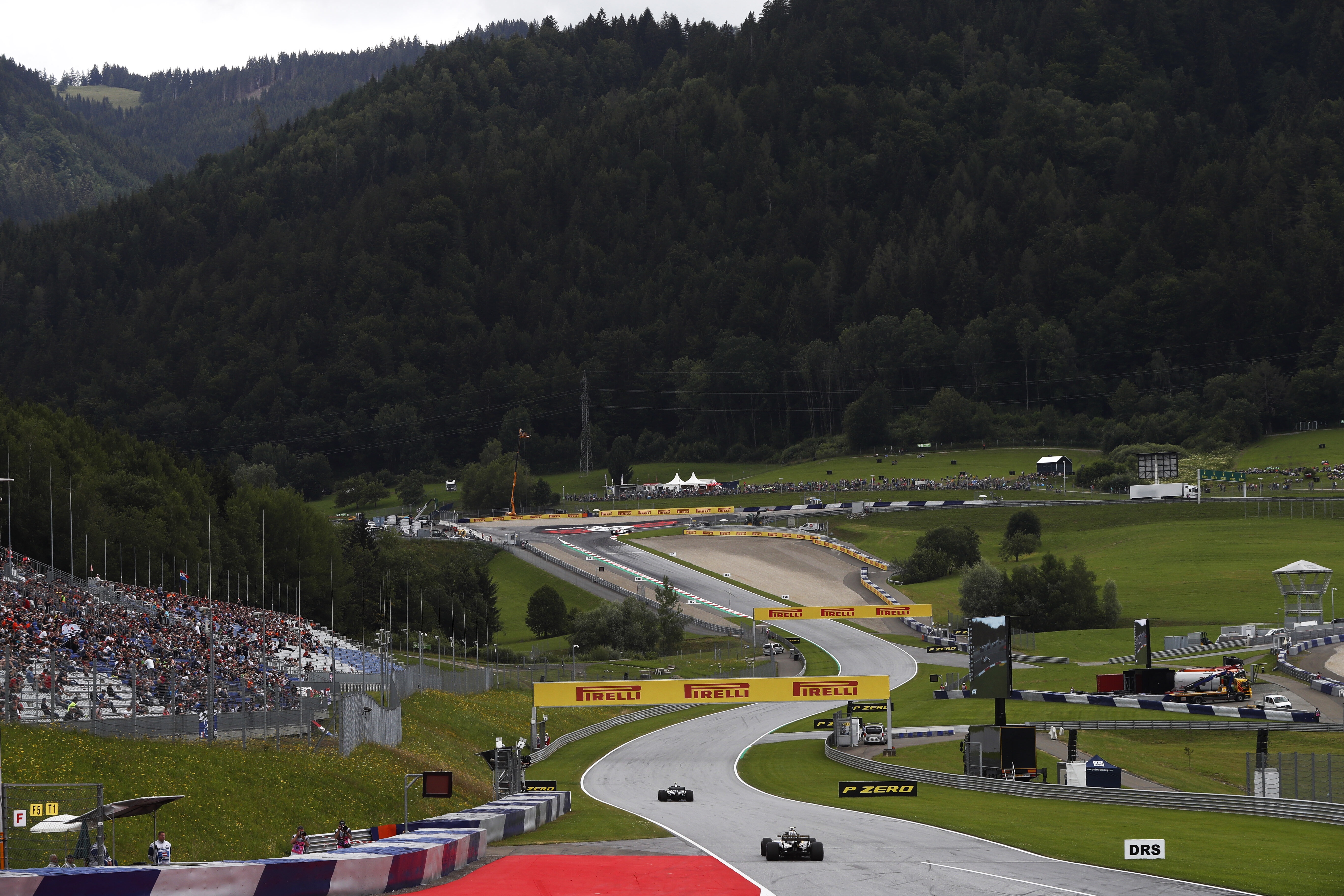 Image courtesy of Pirelli Motorsports
Image courtesy of Pirelli Motorsports
